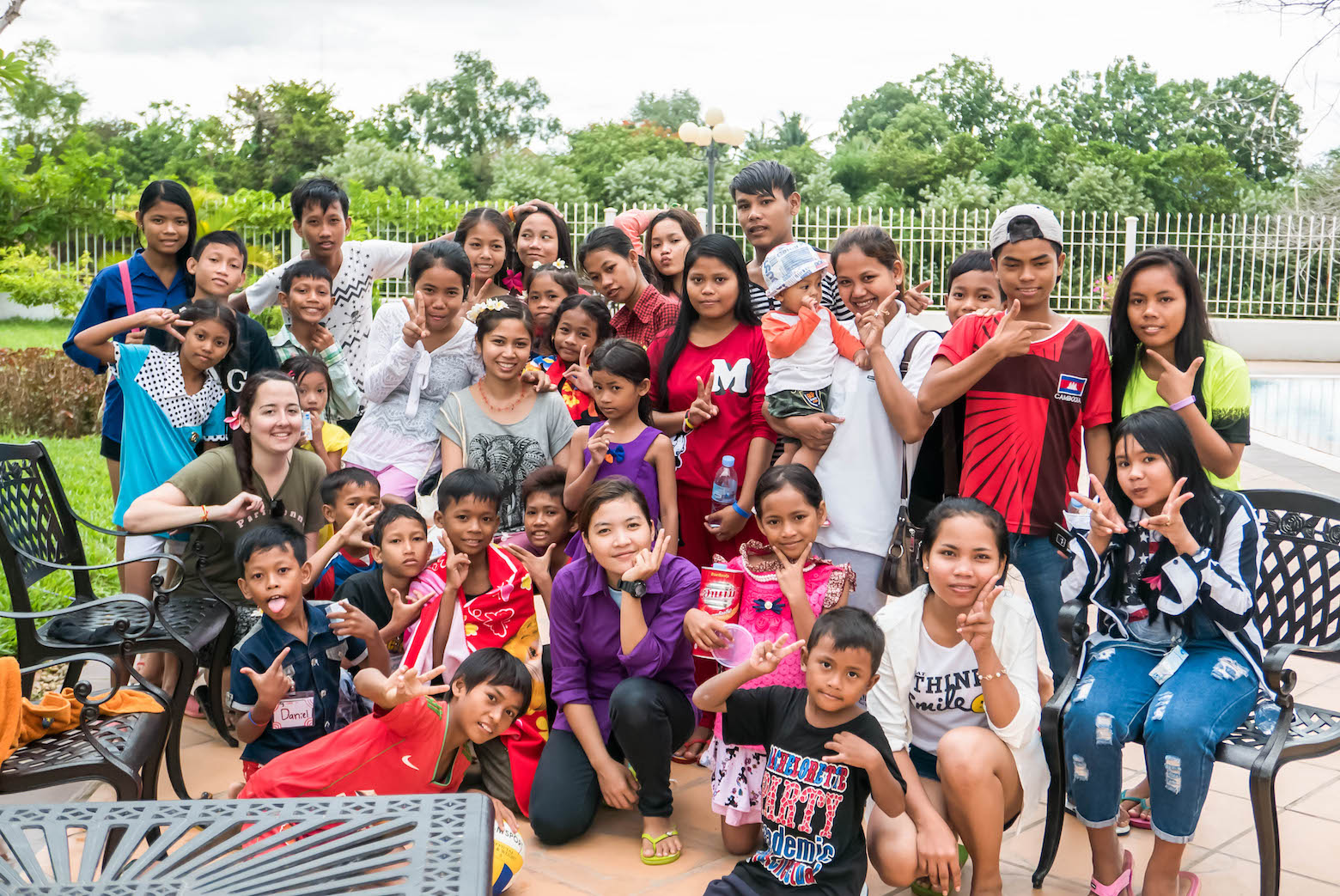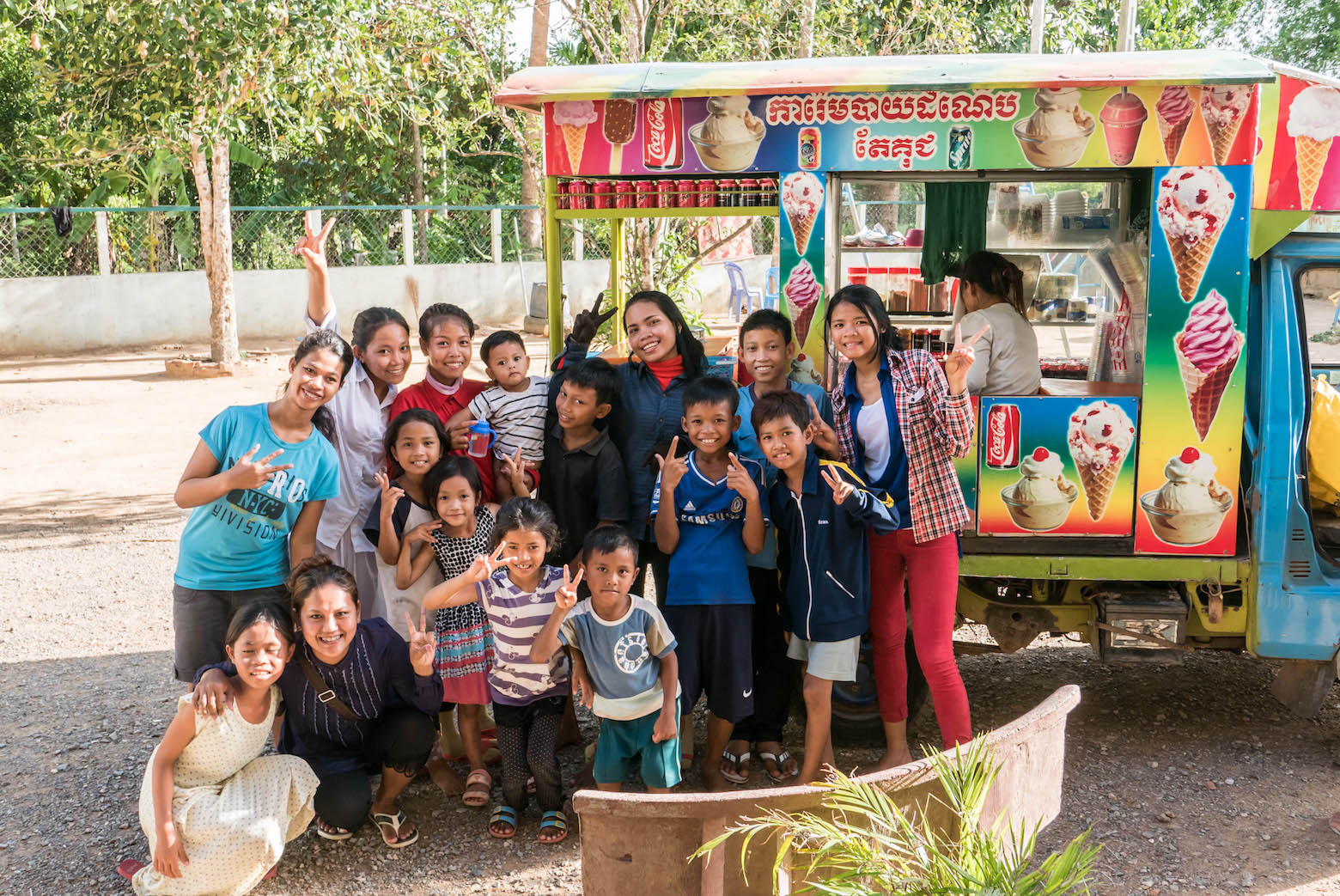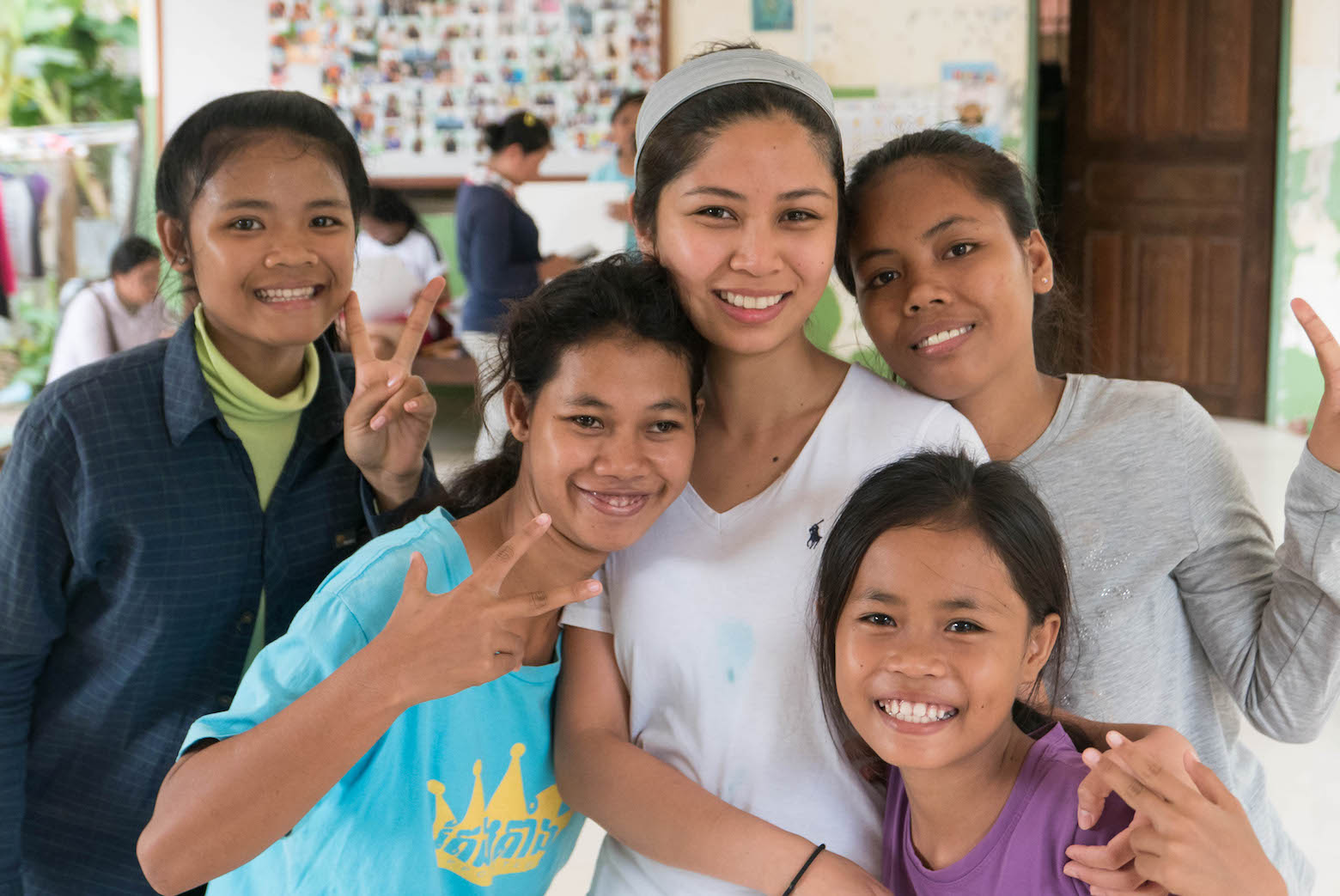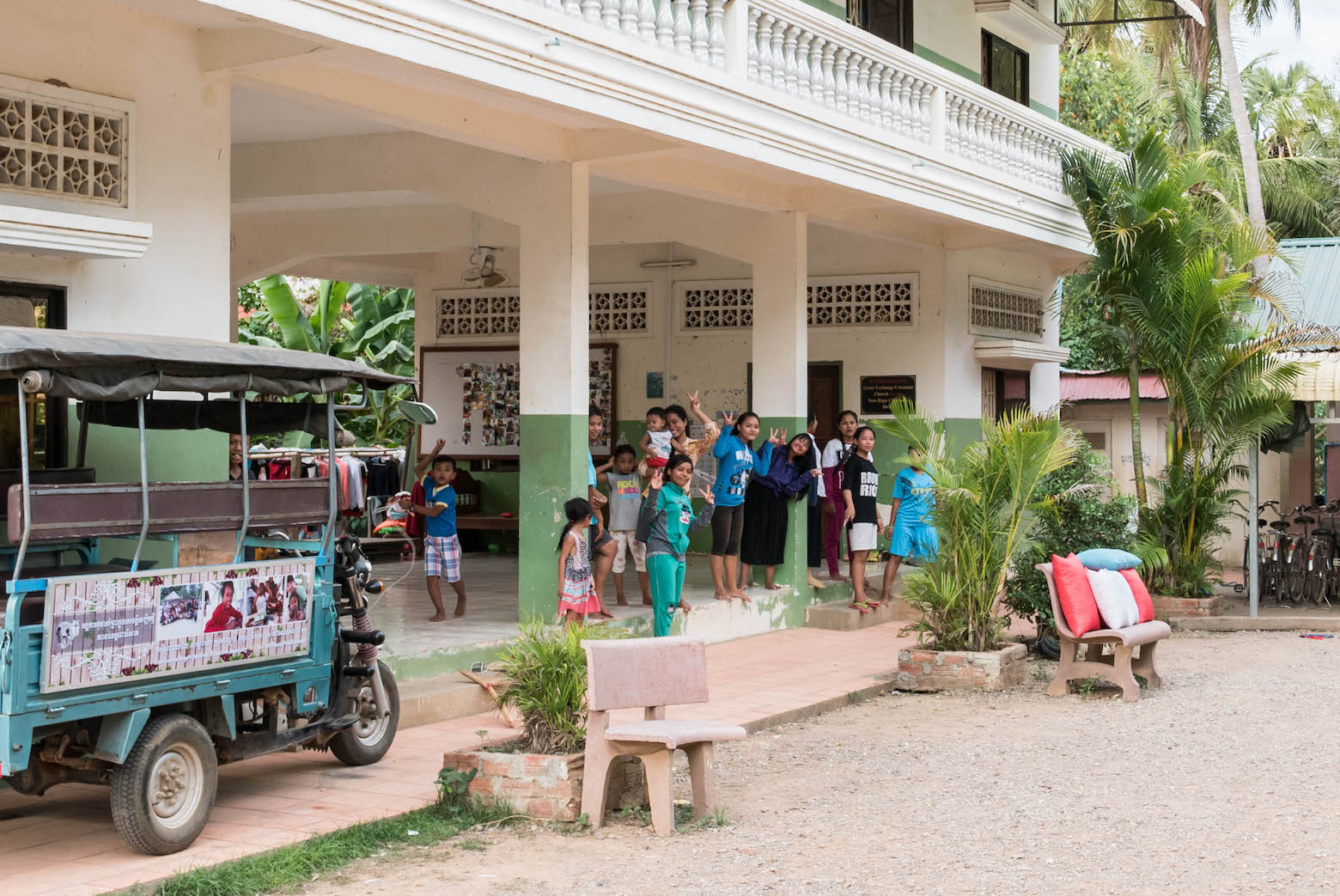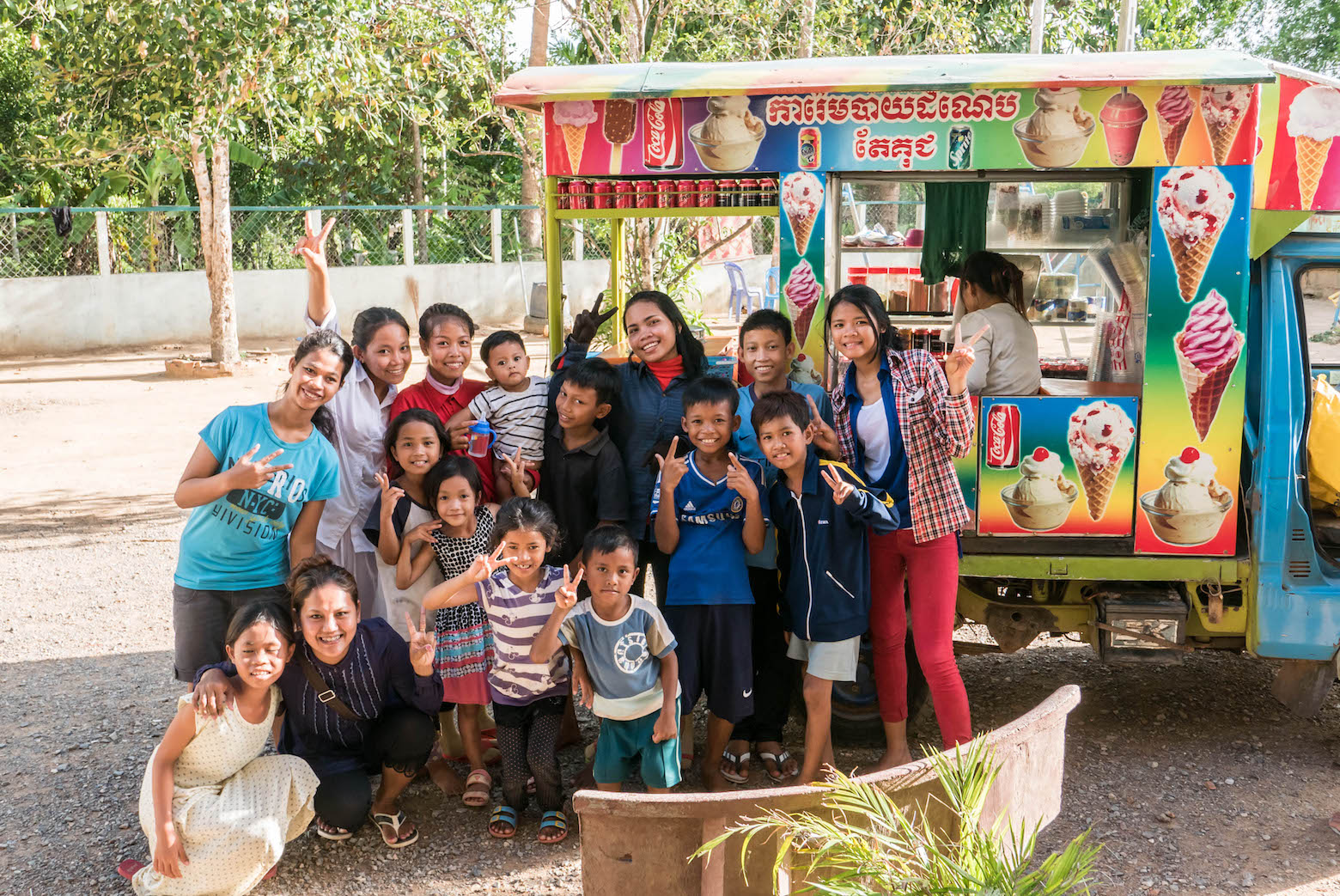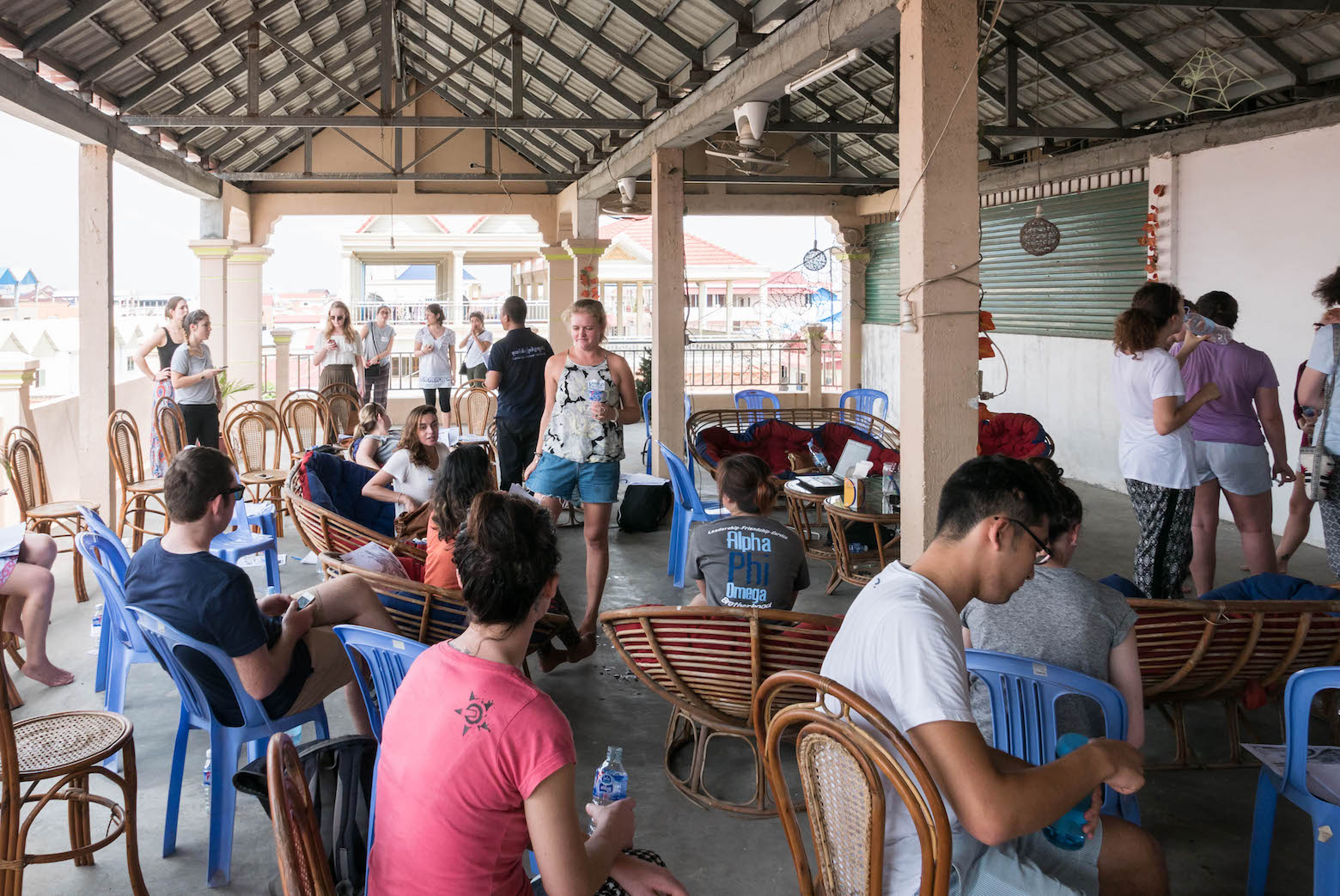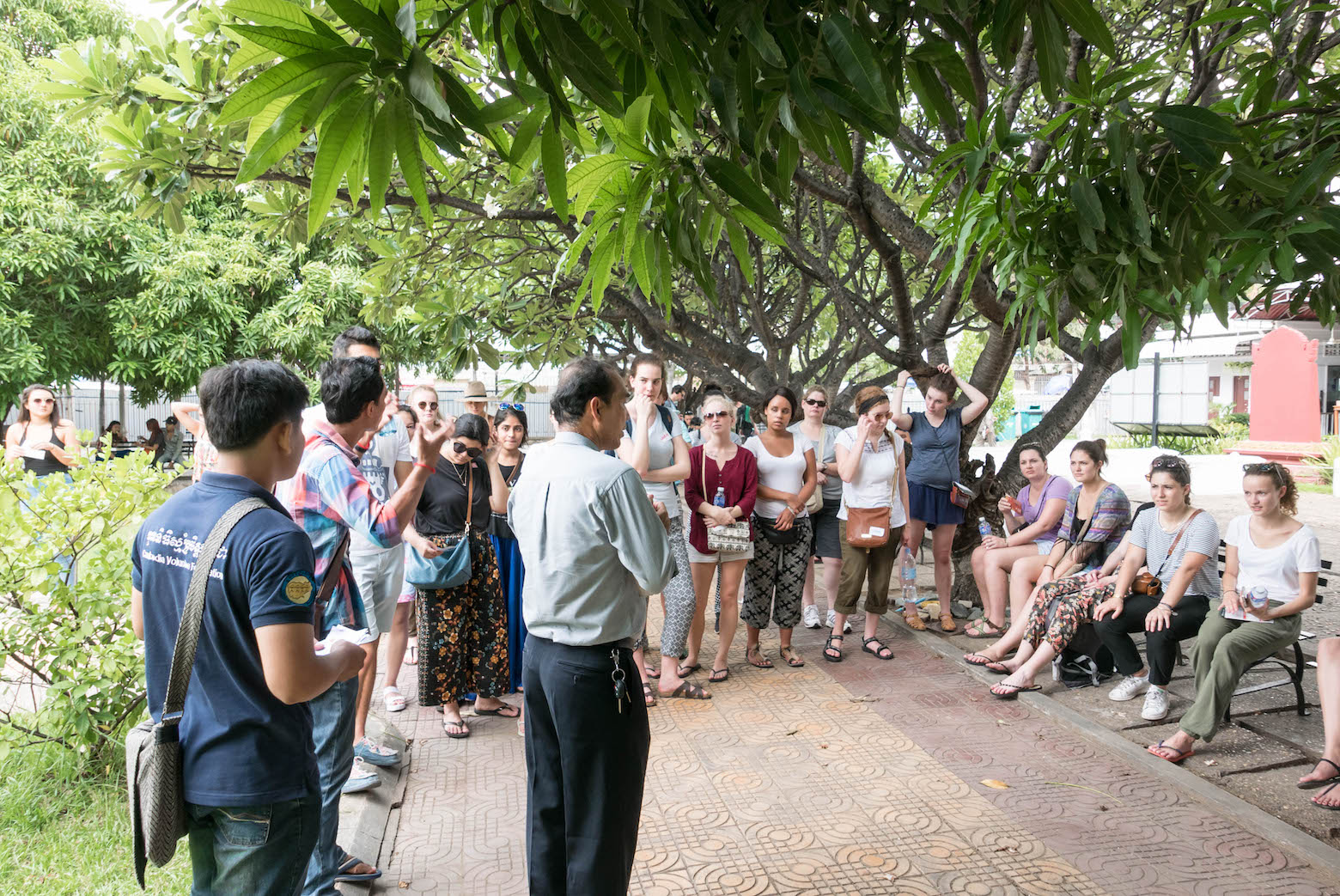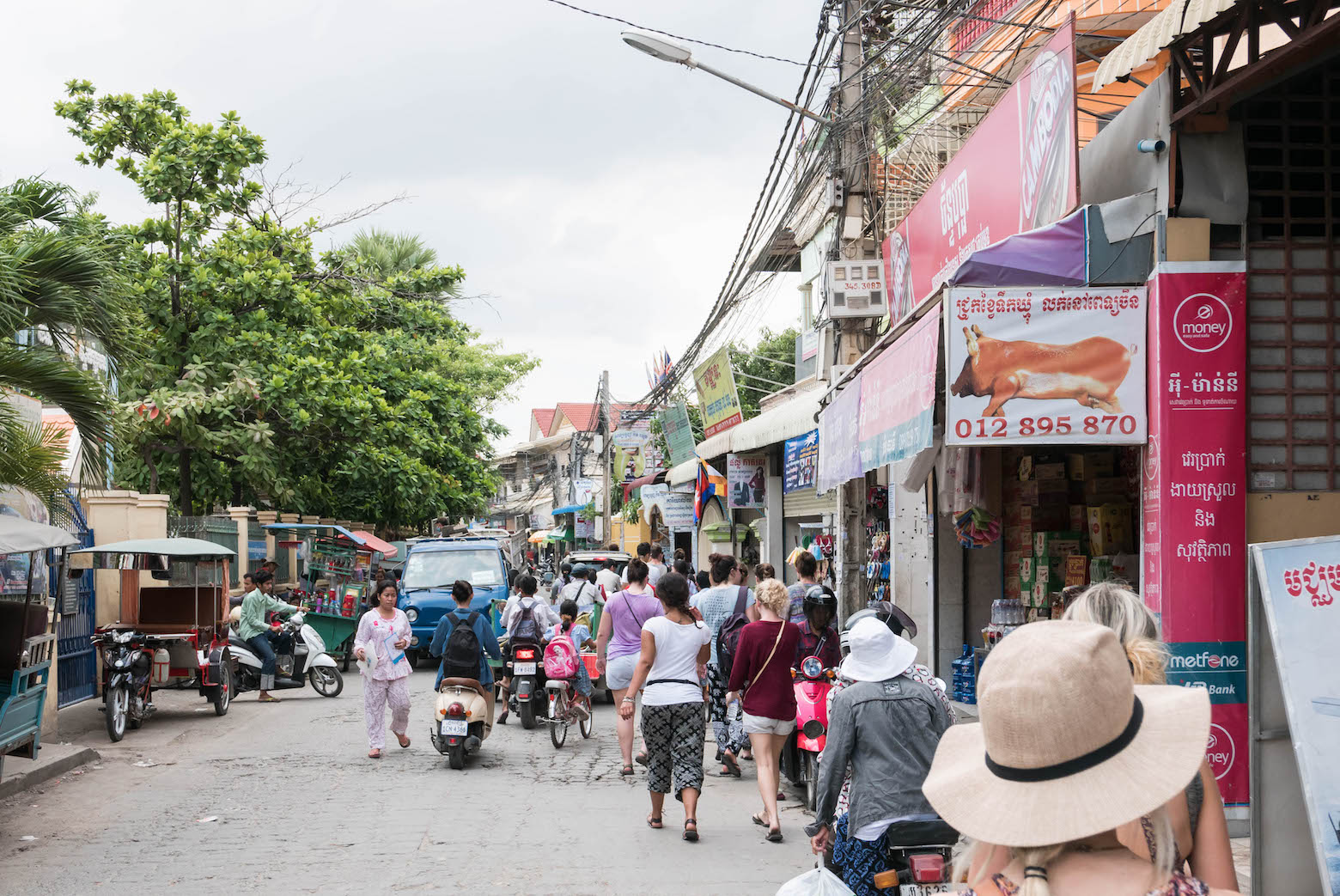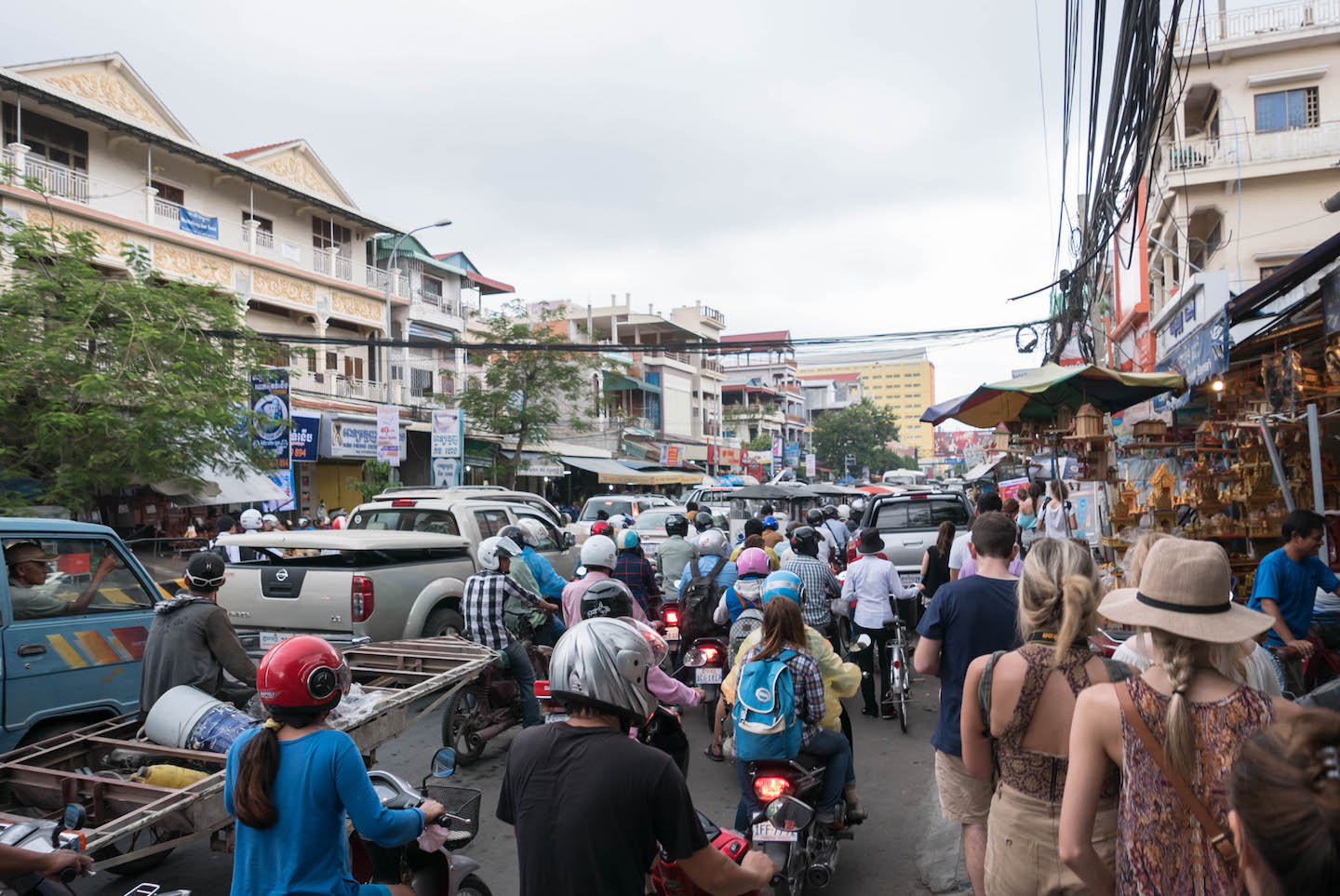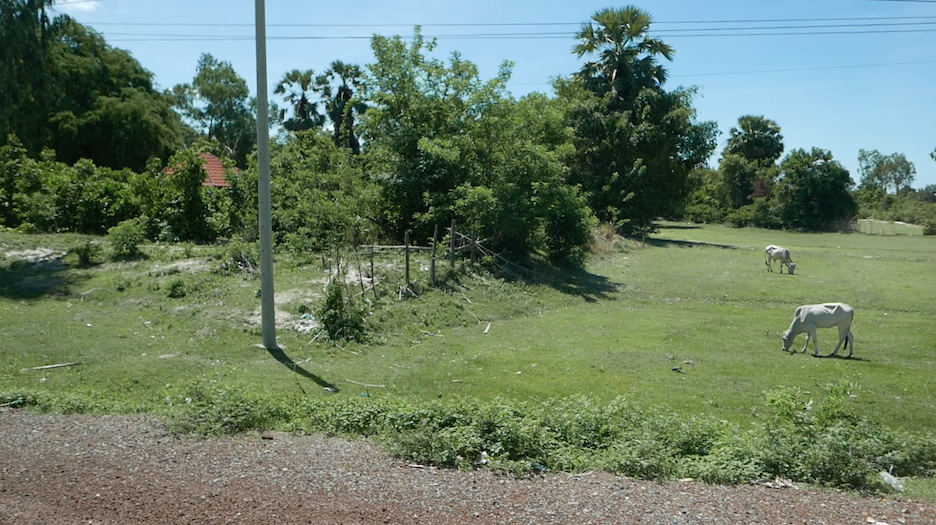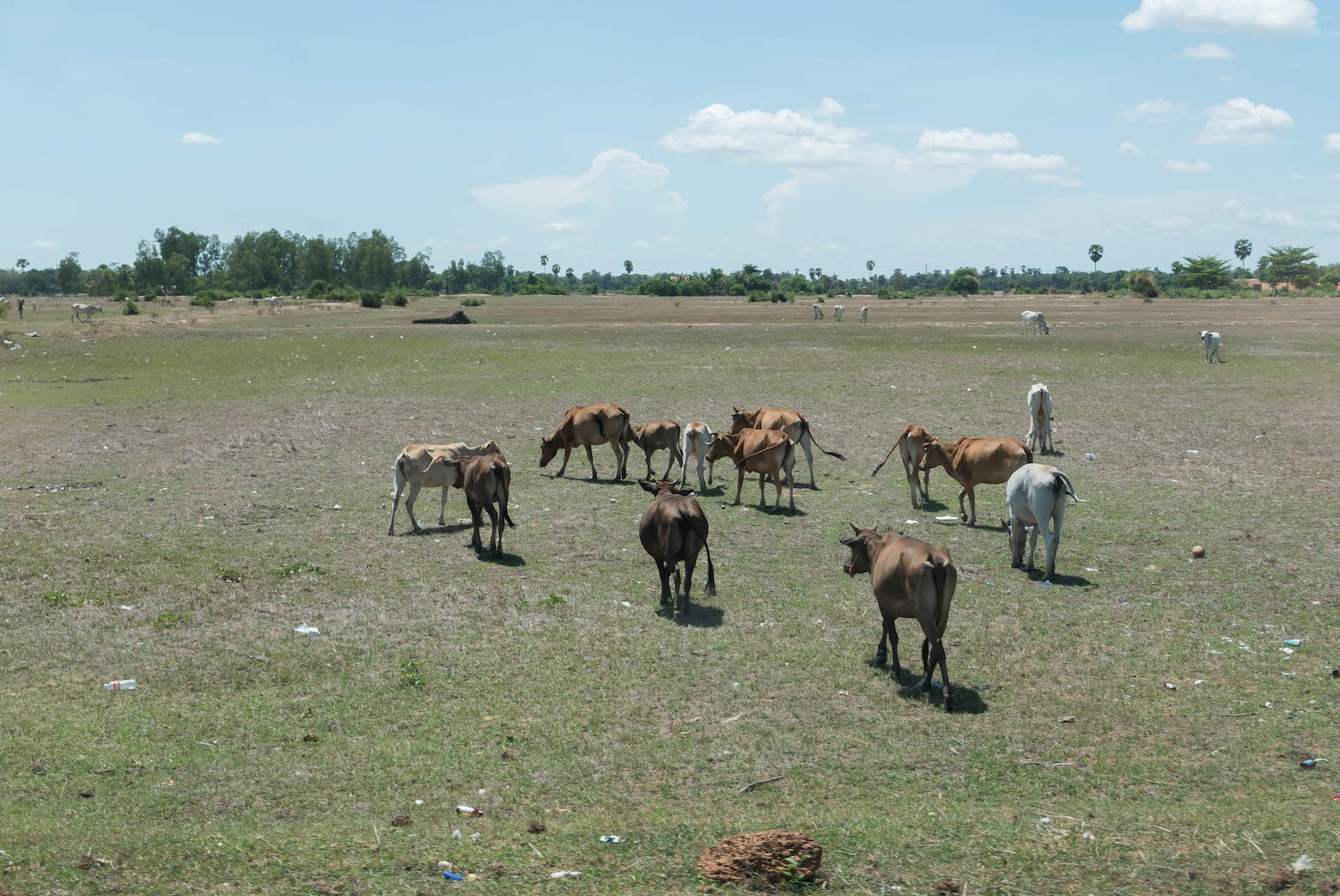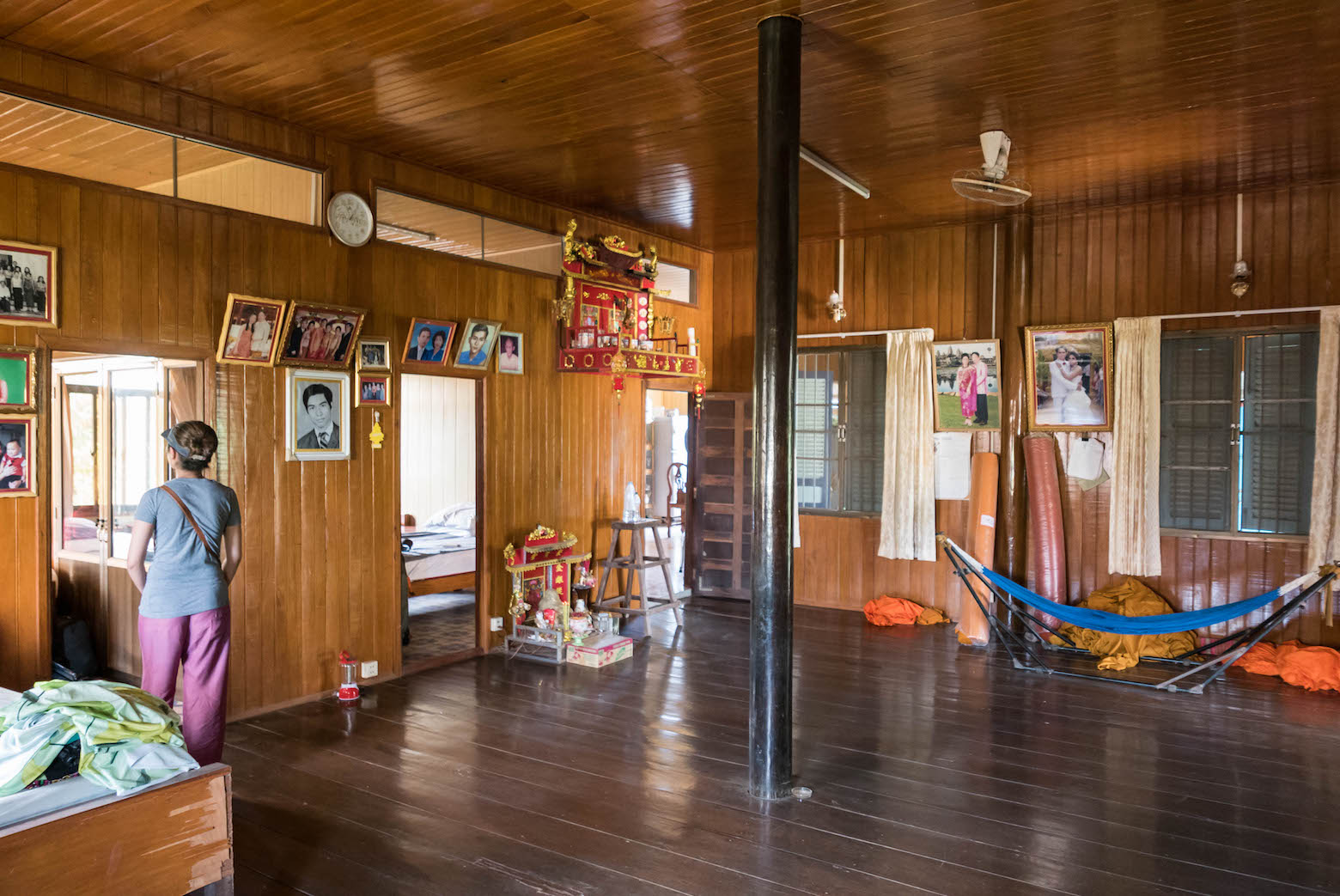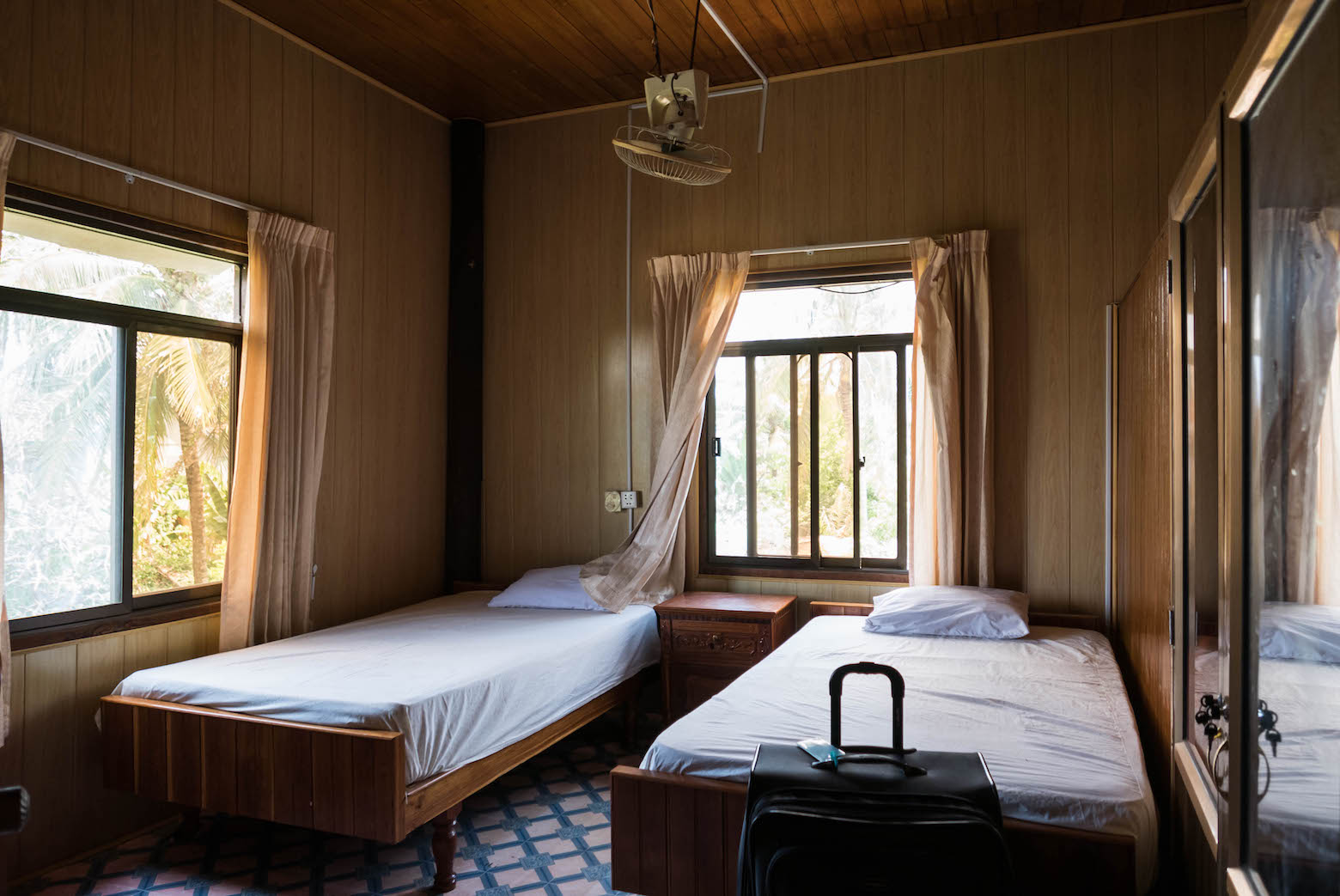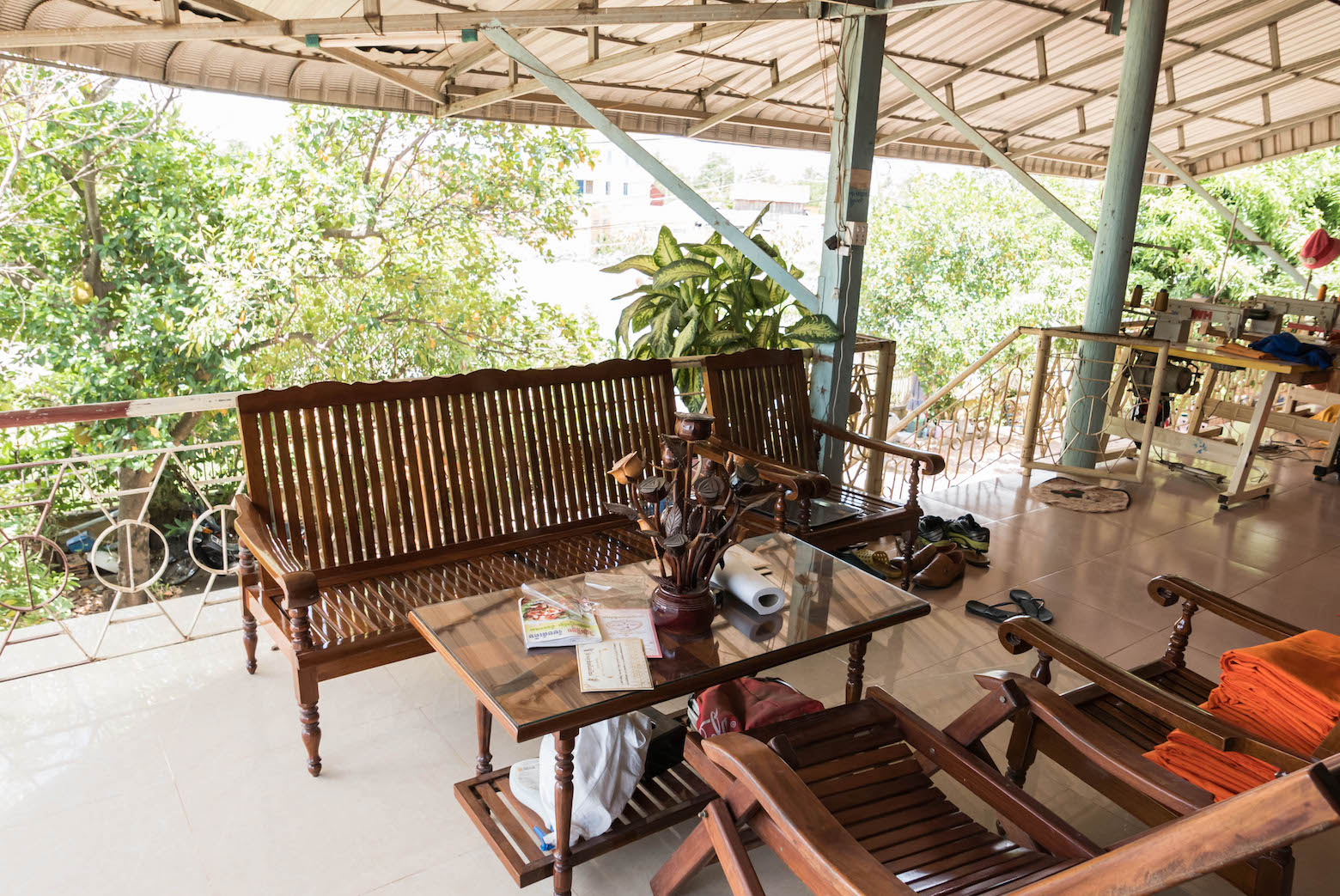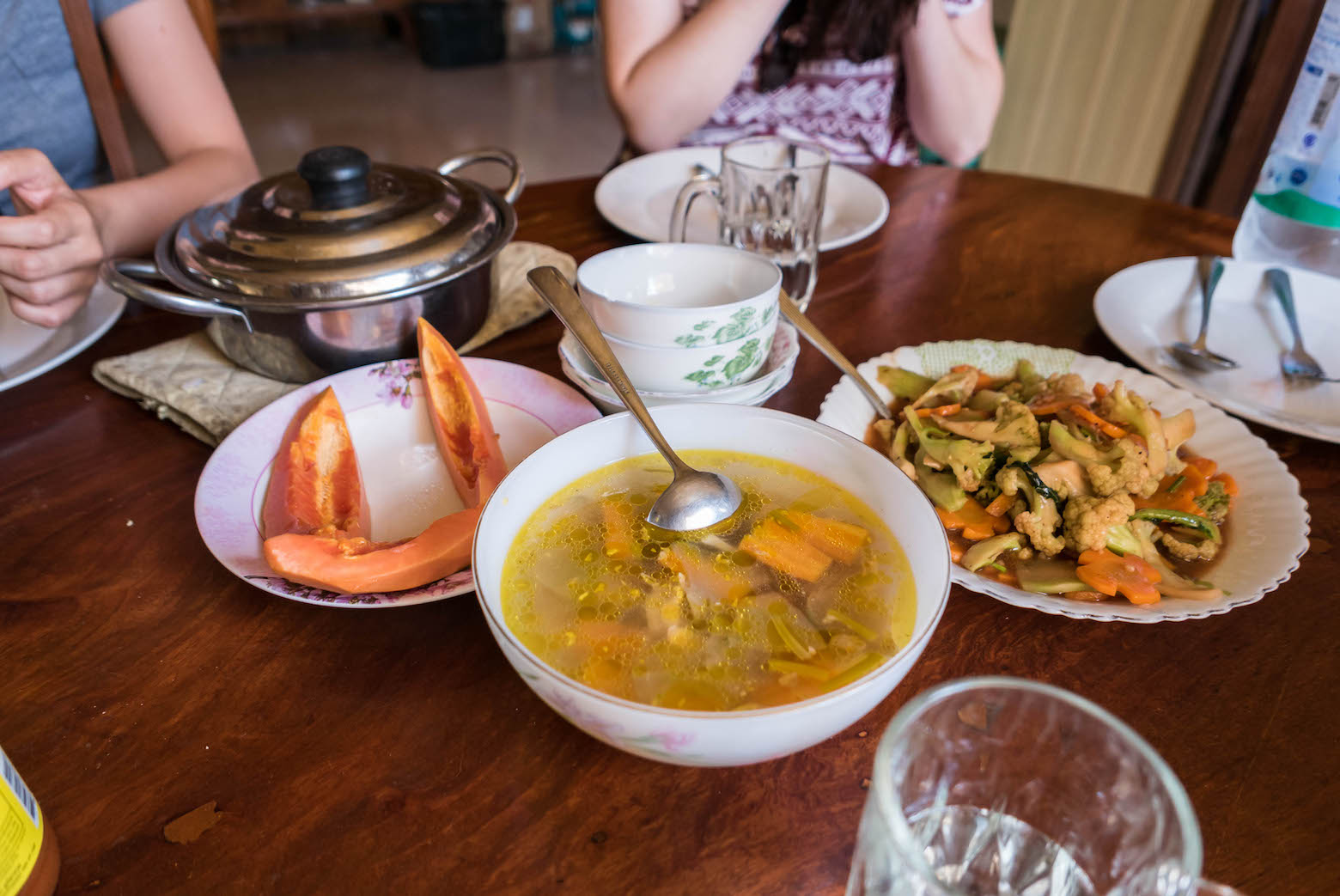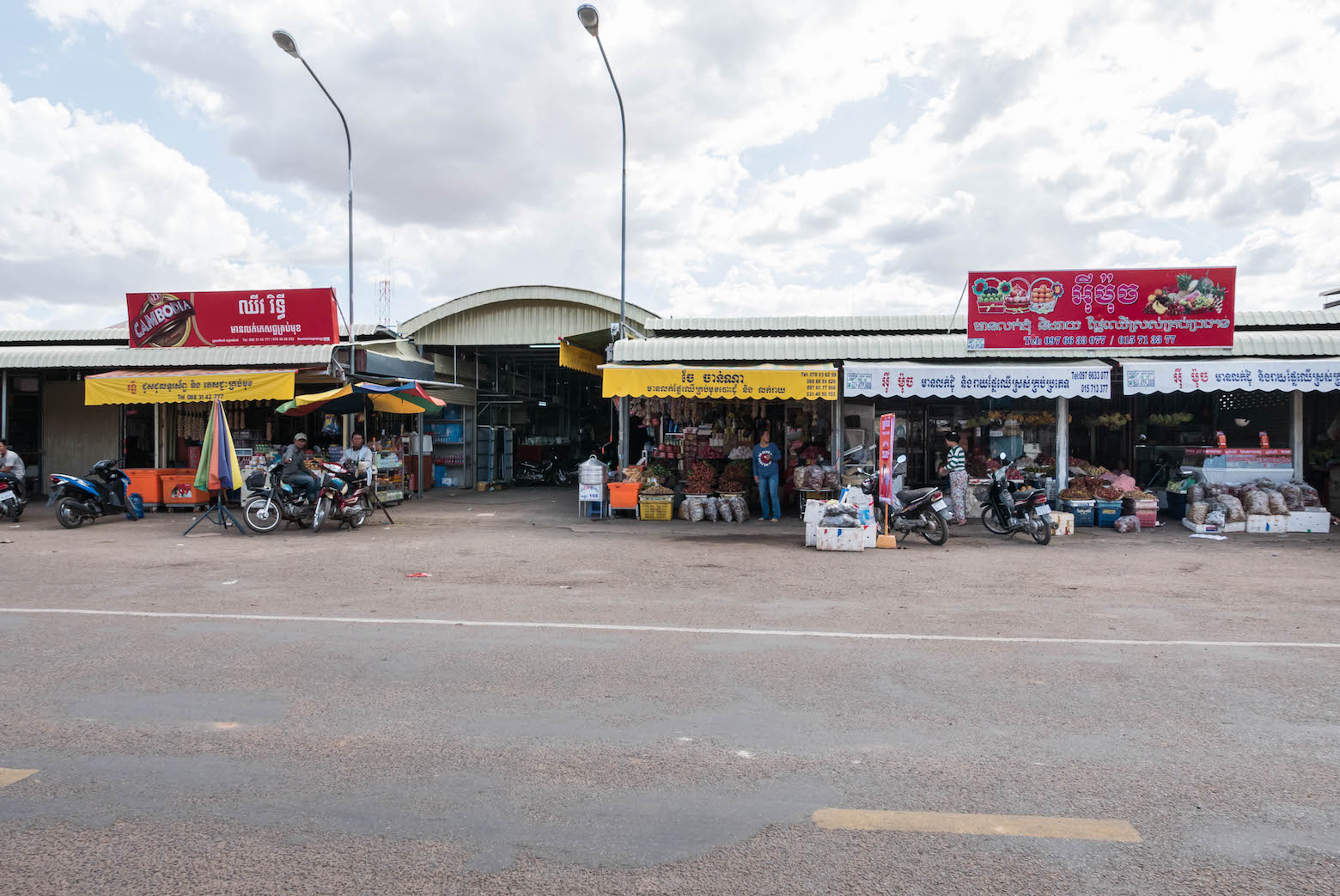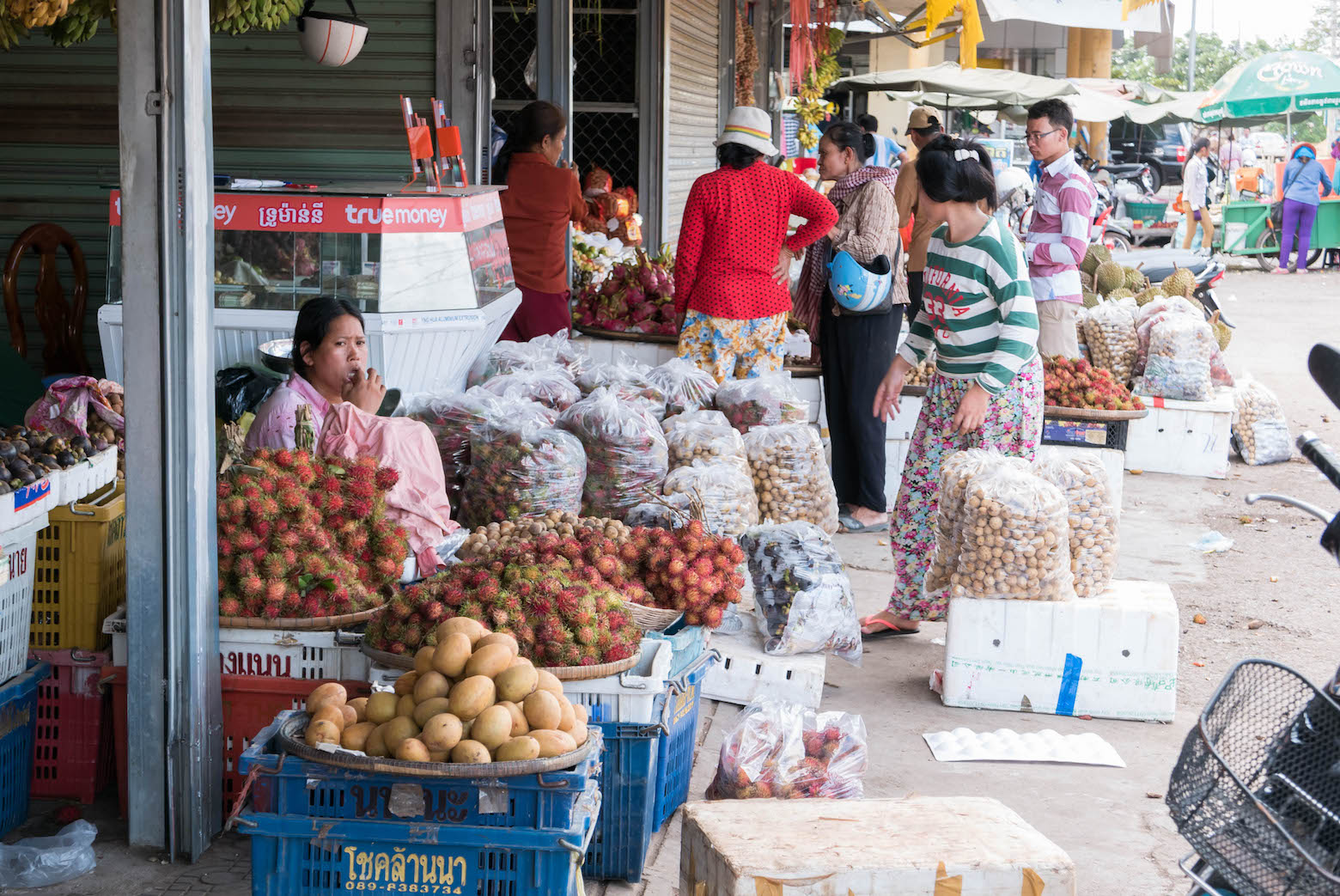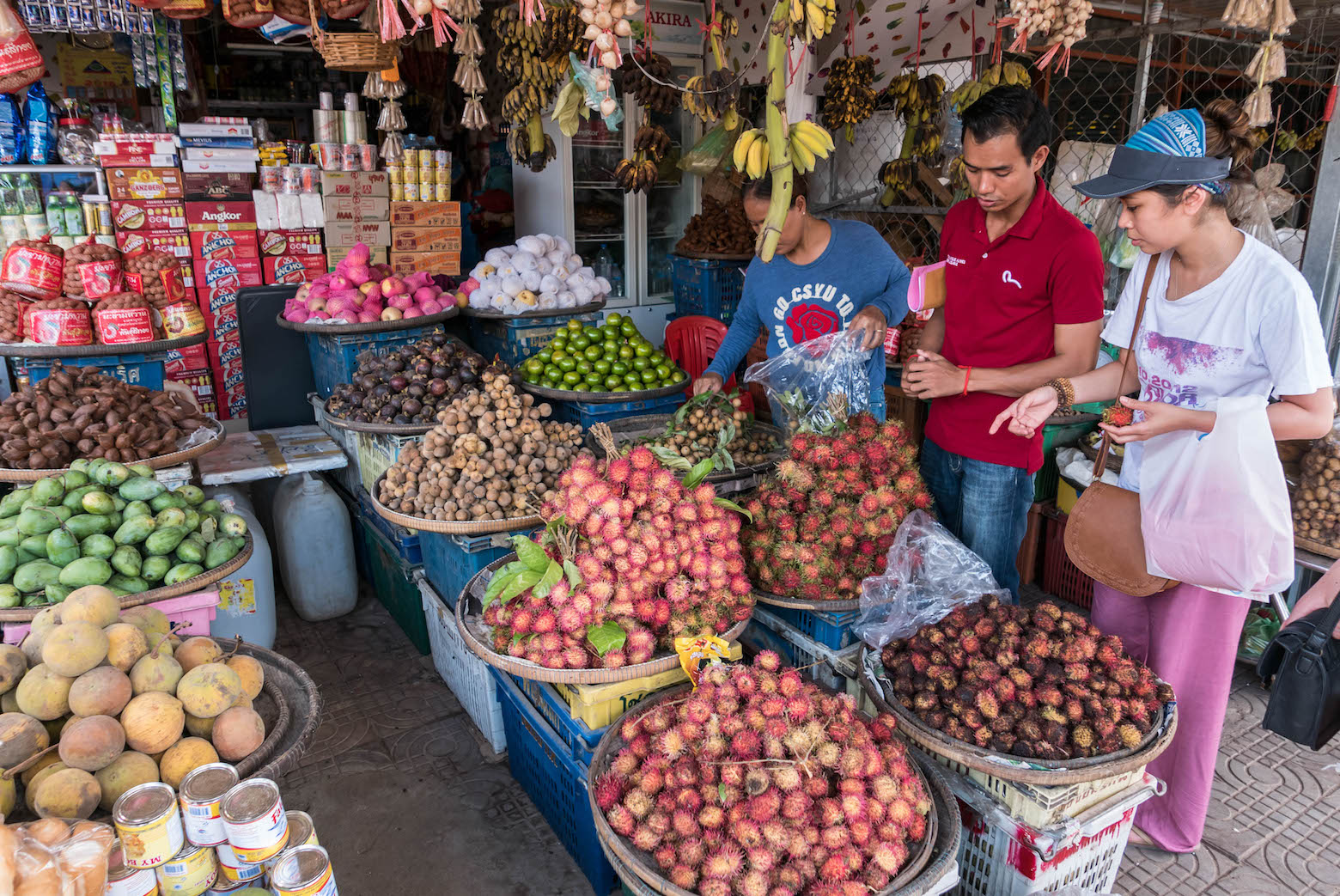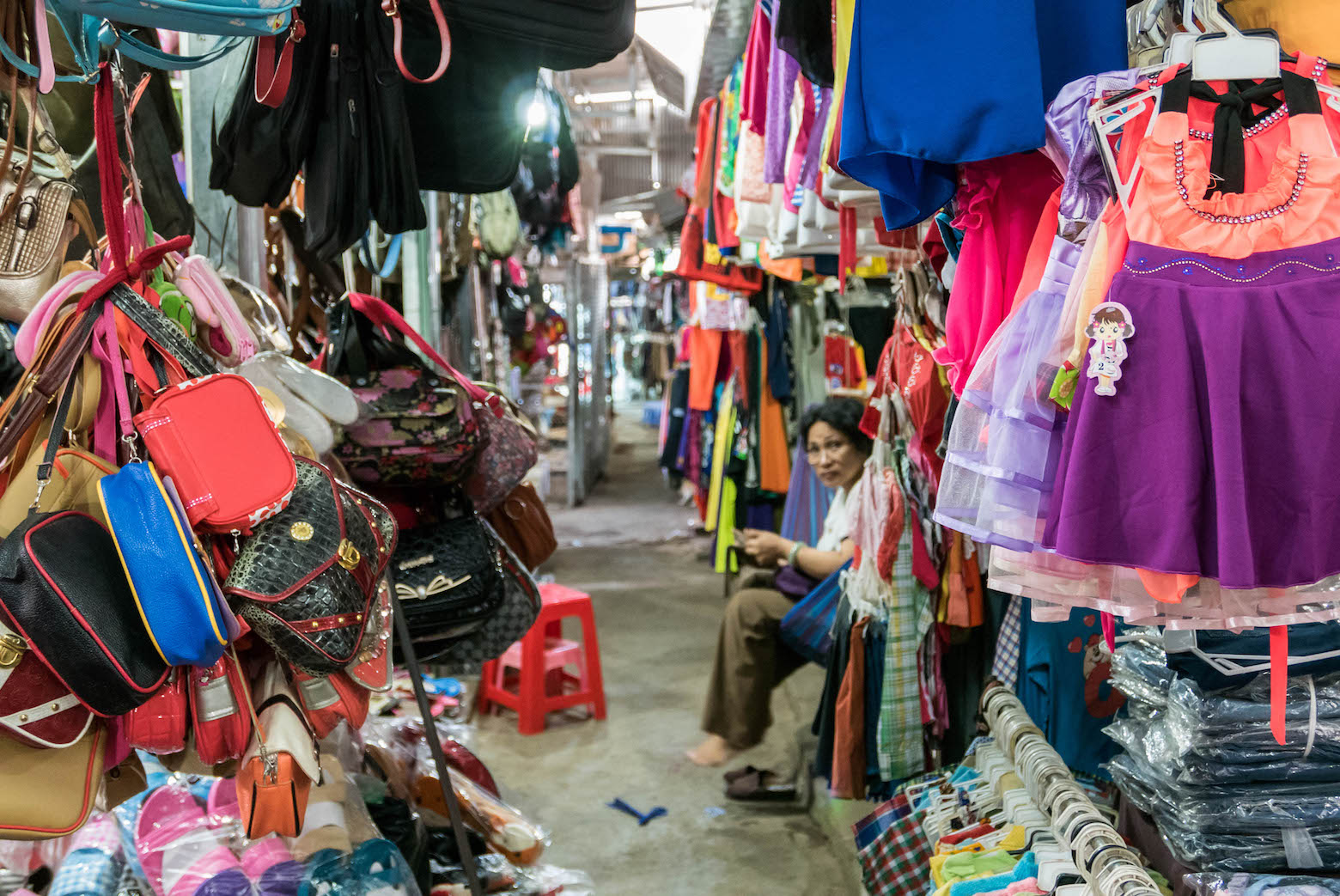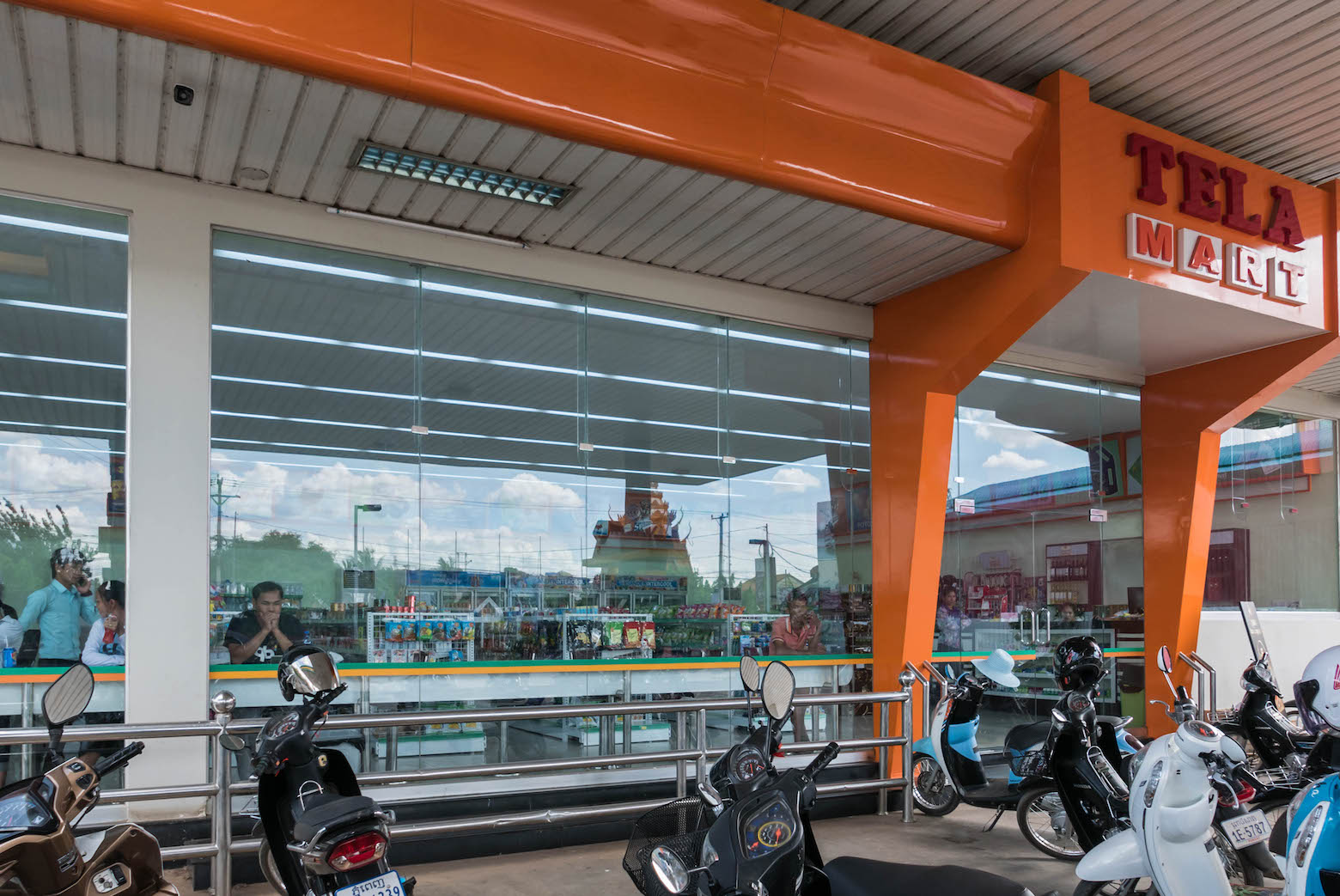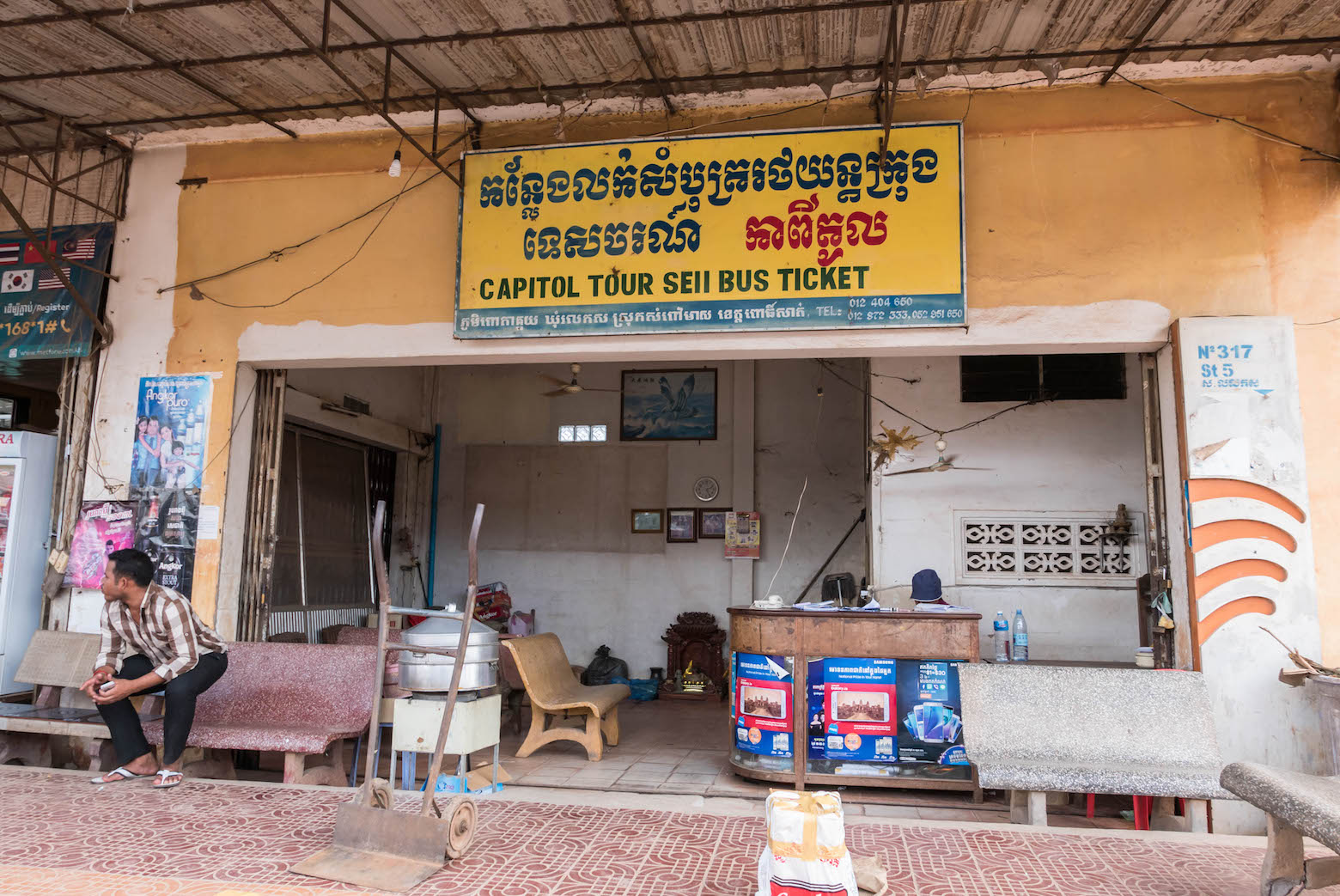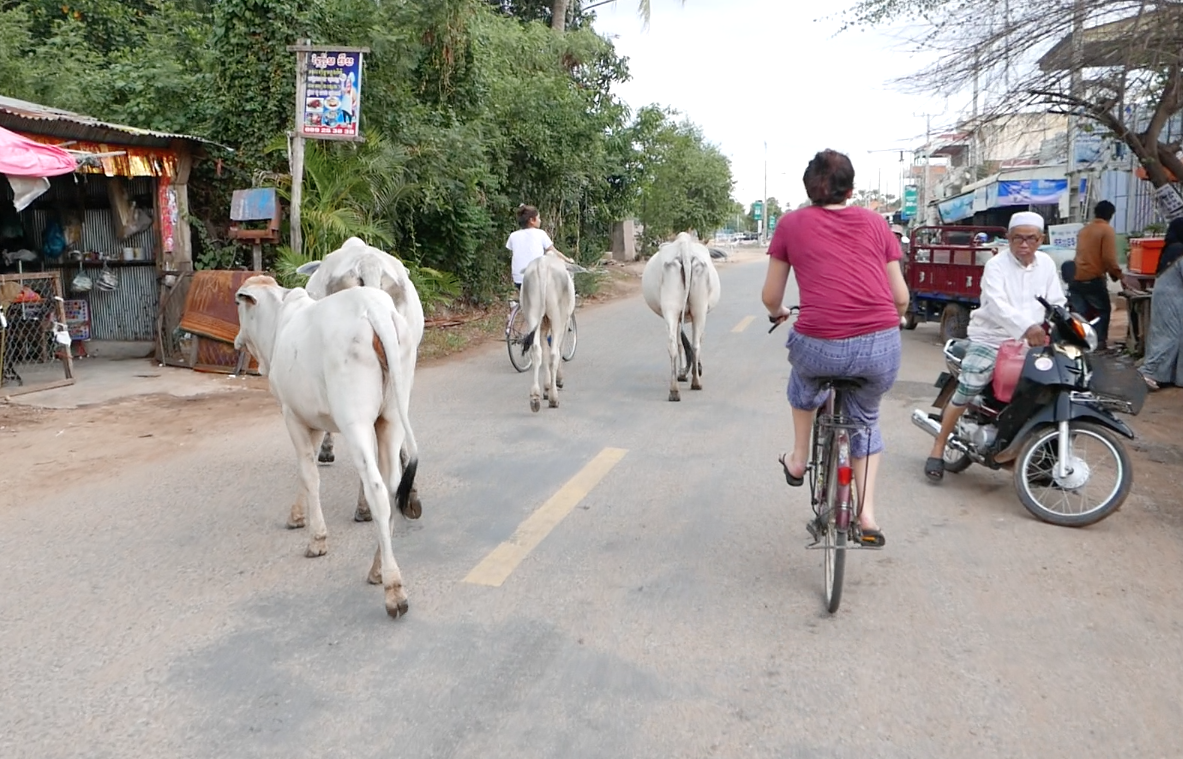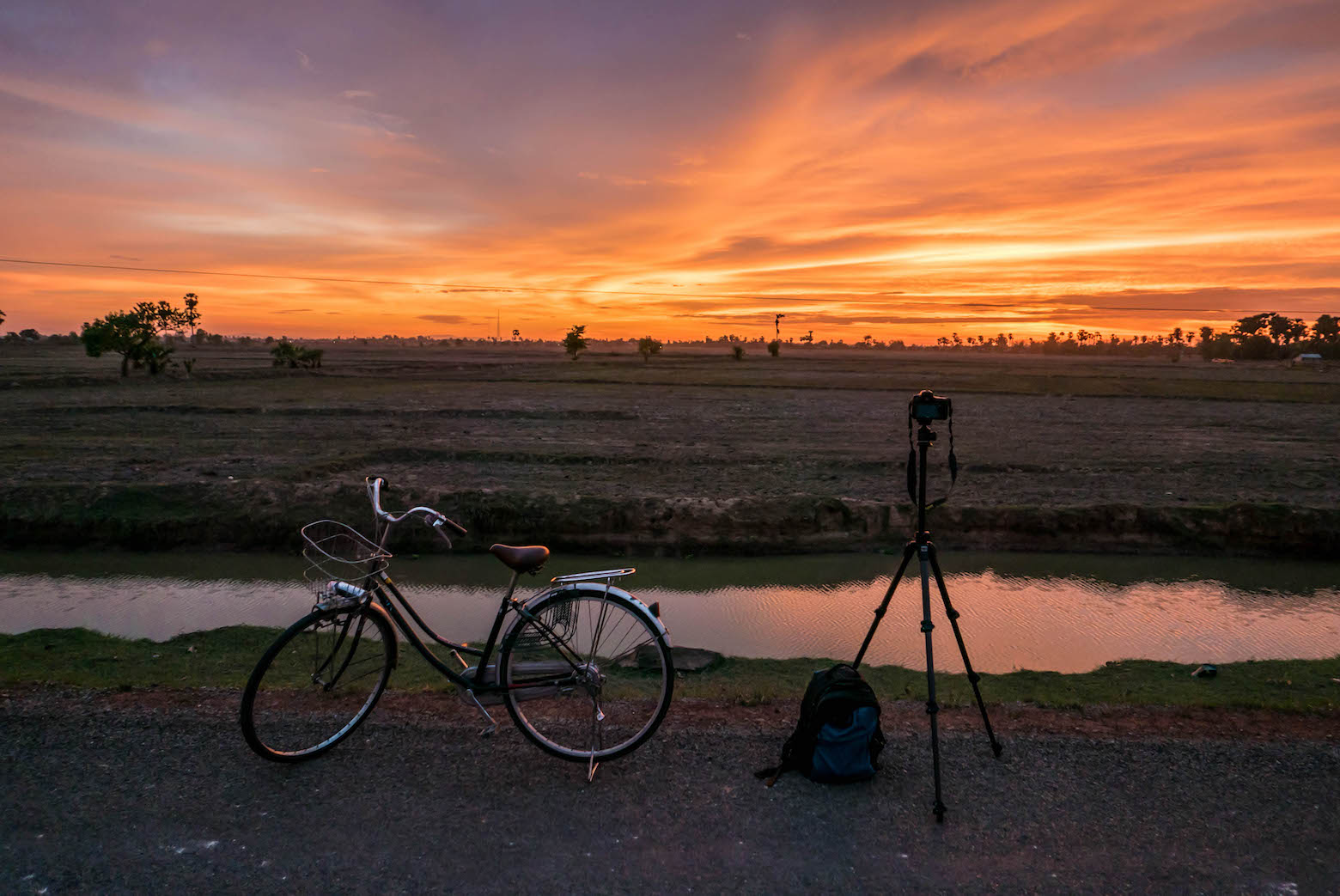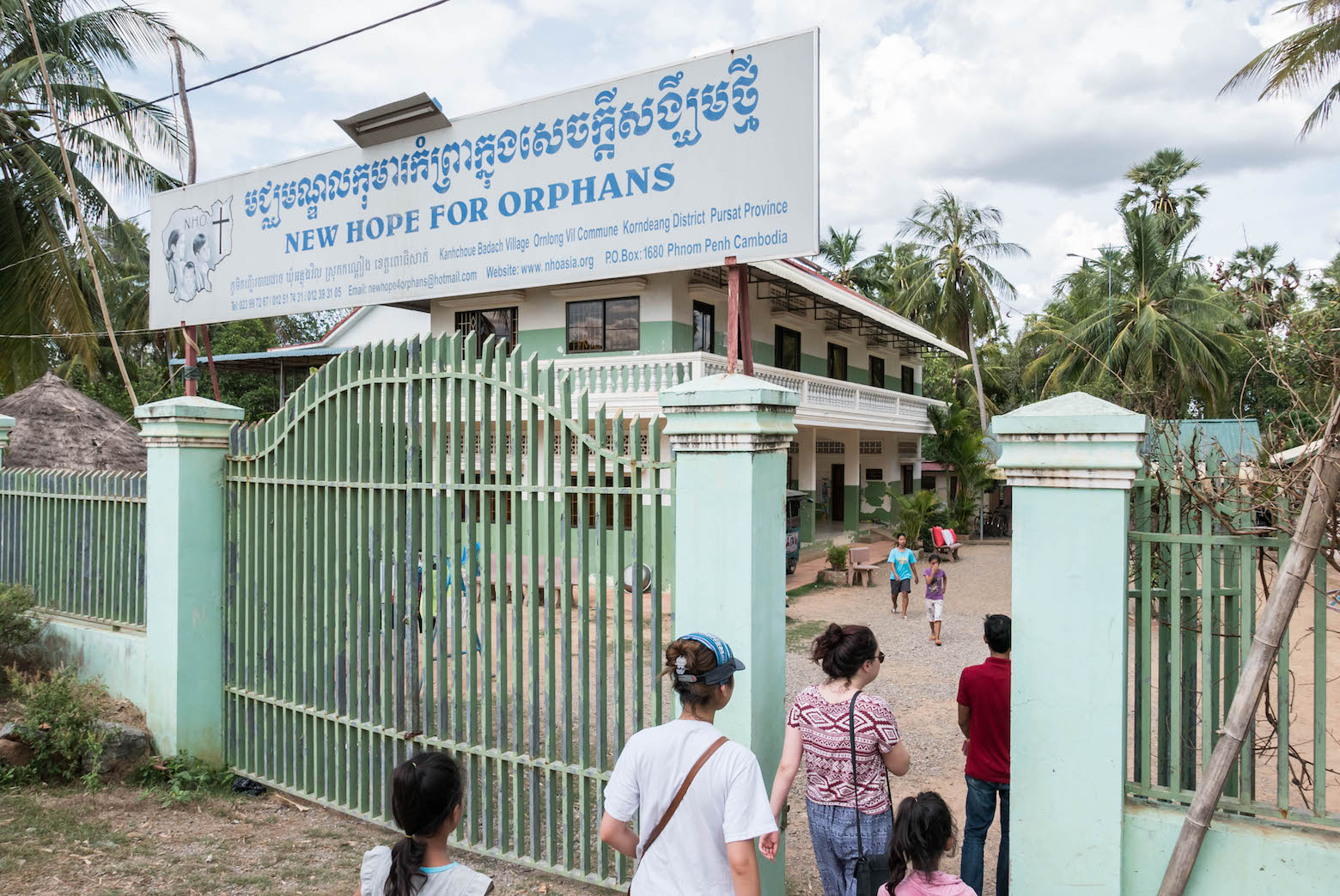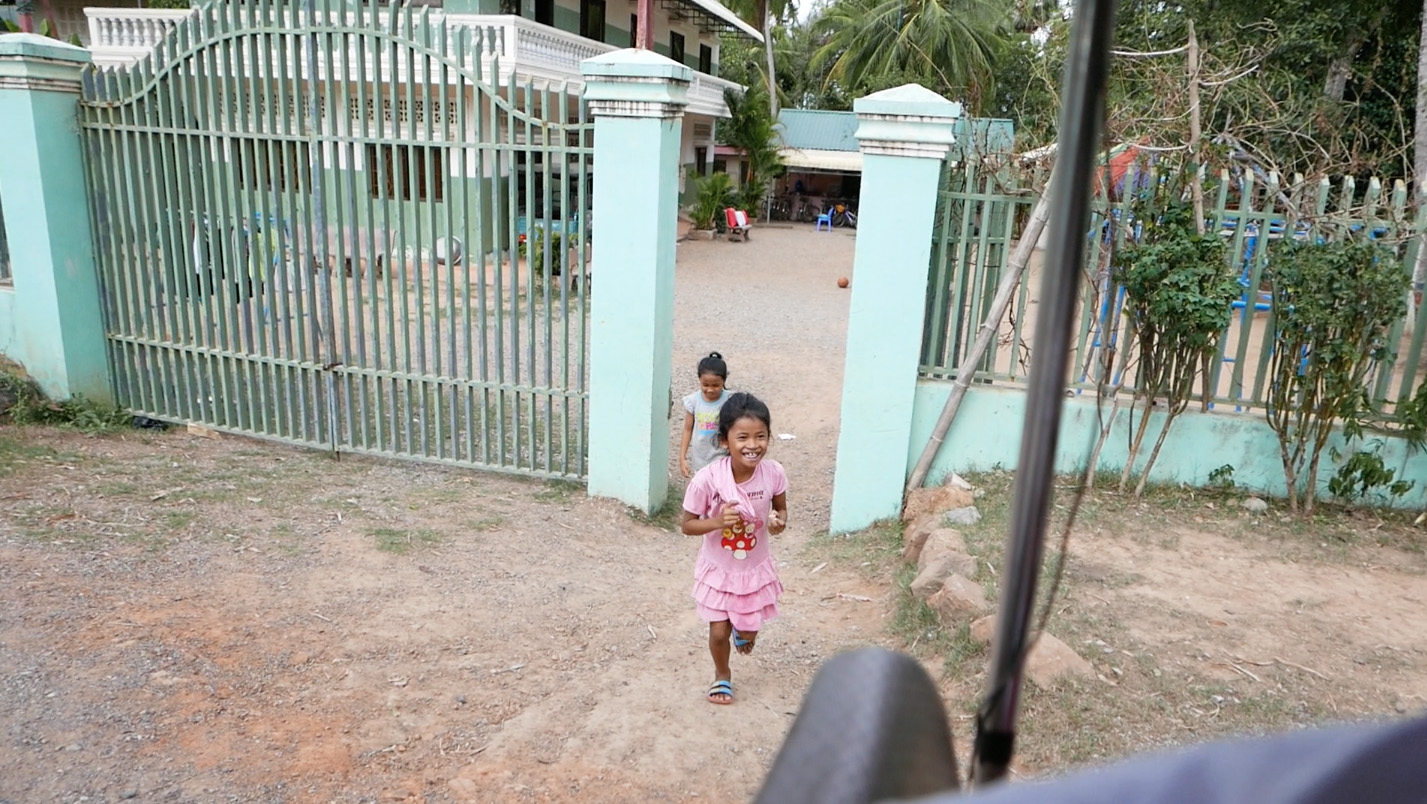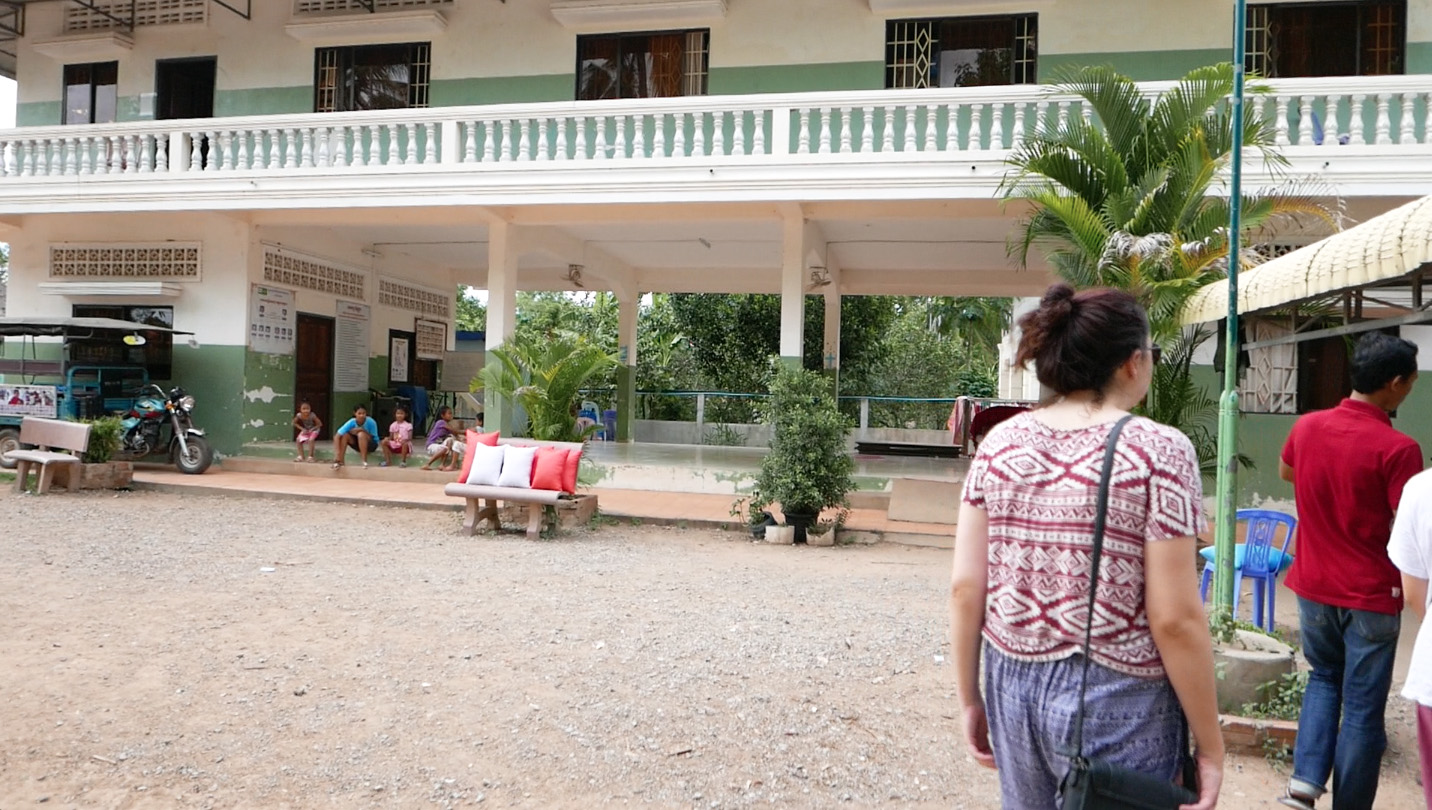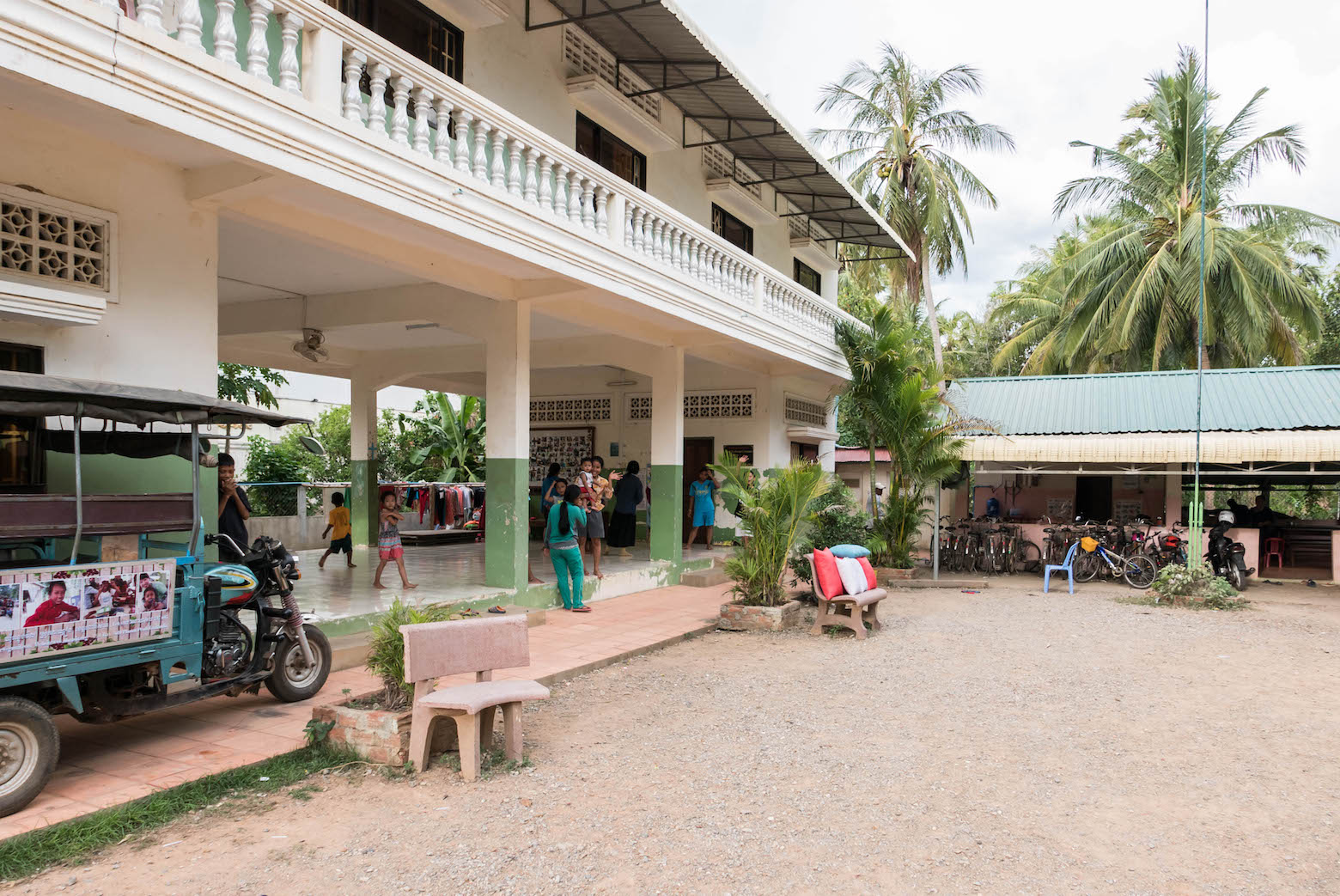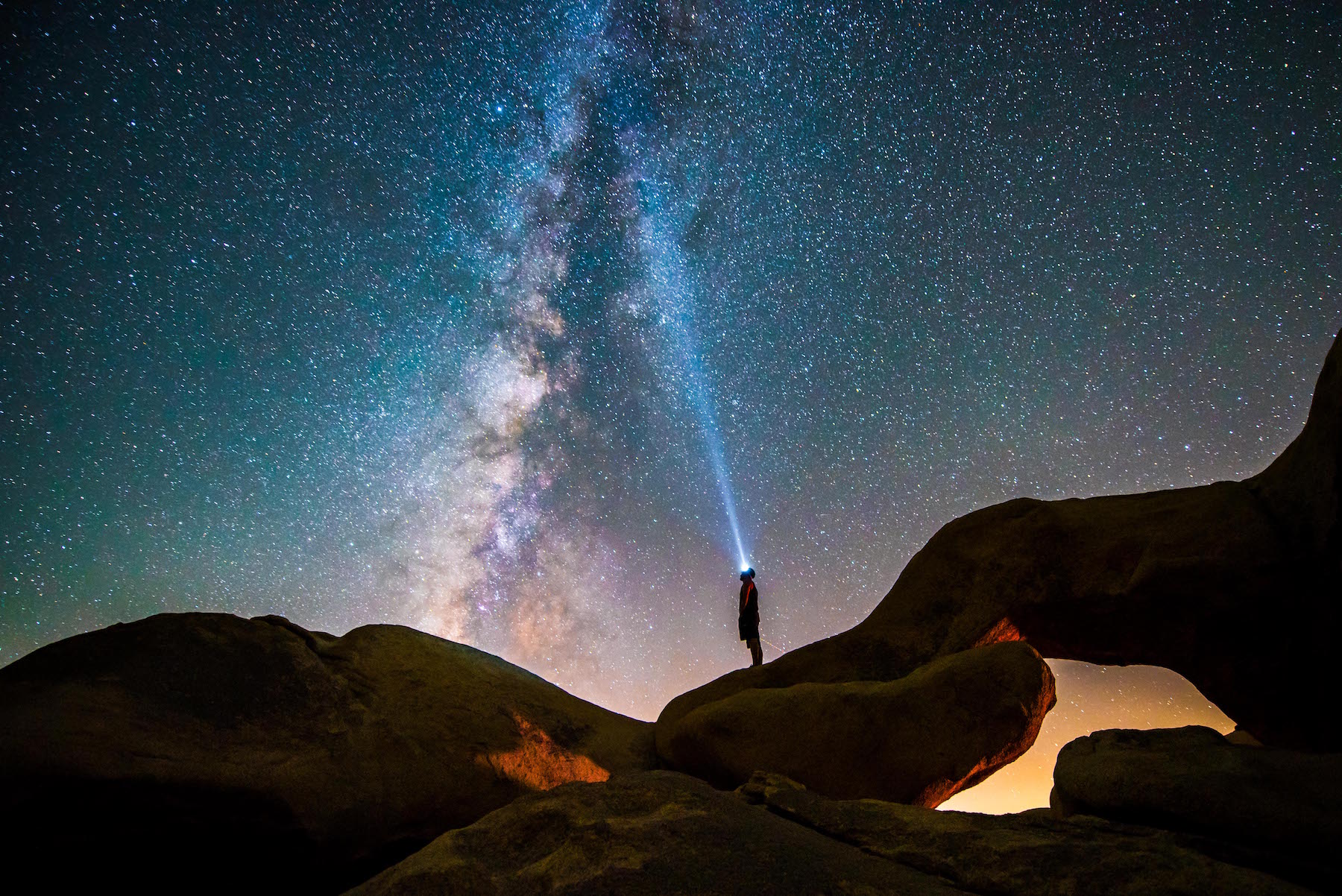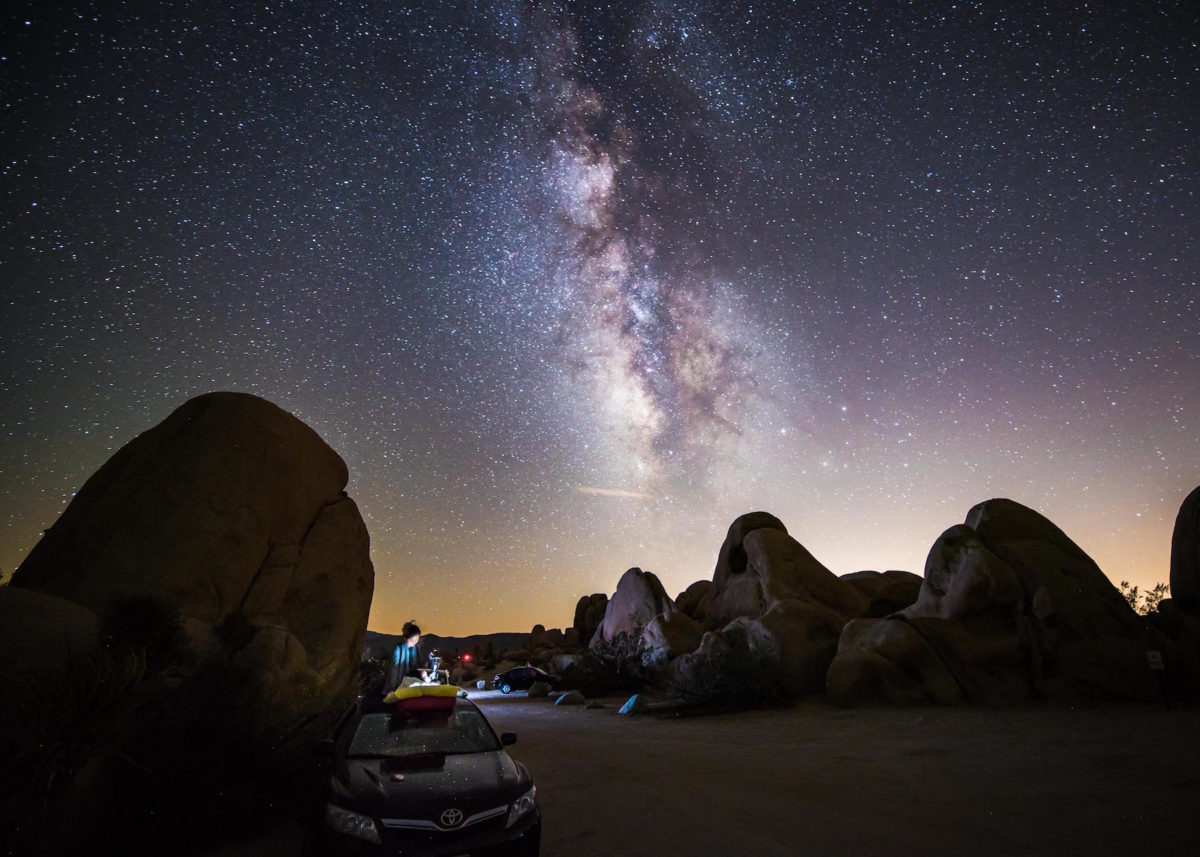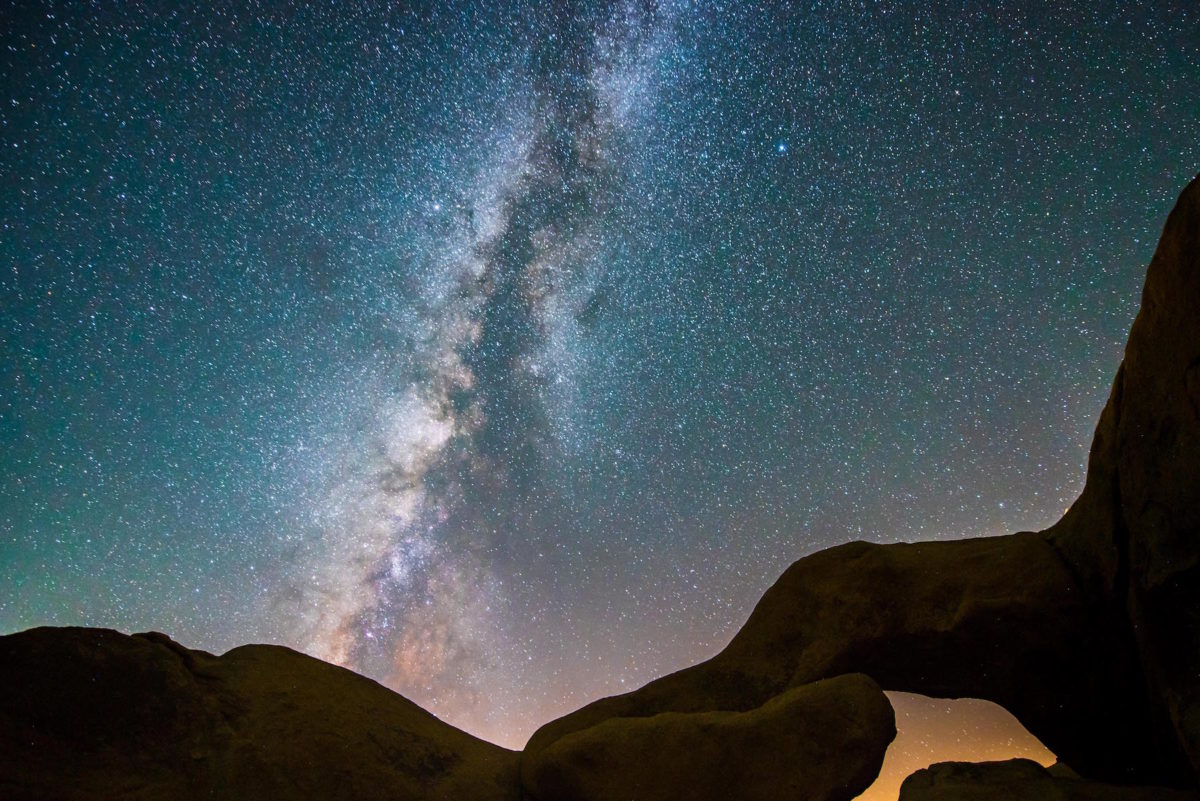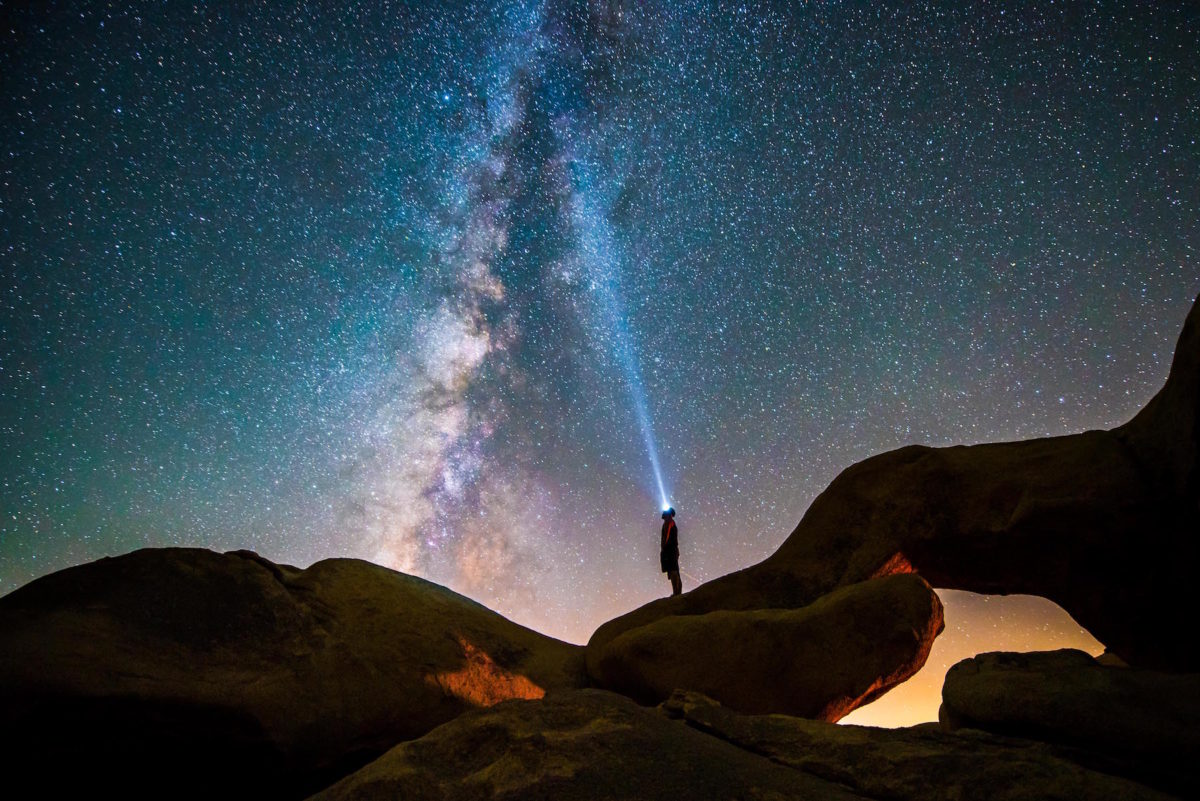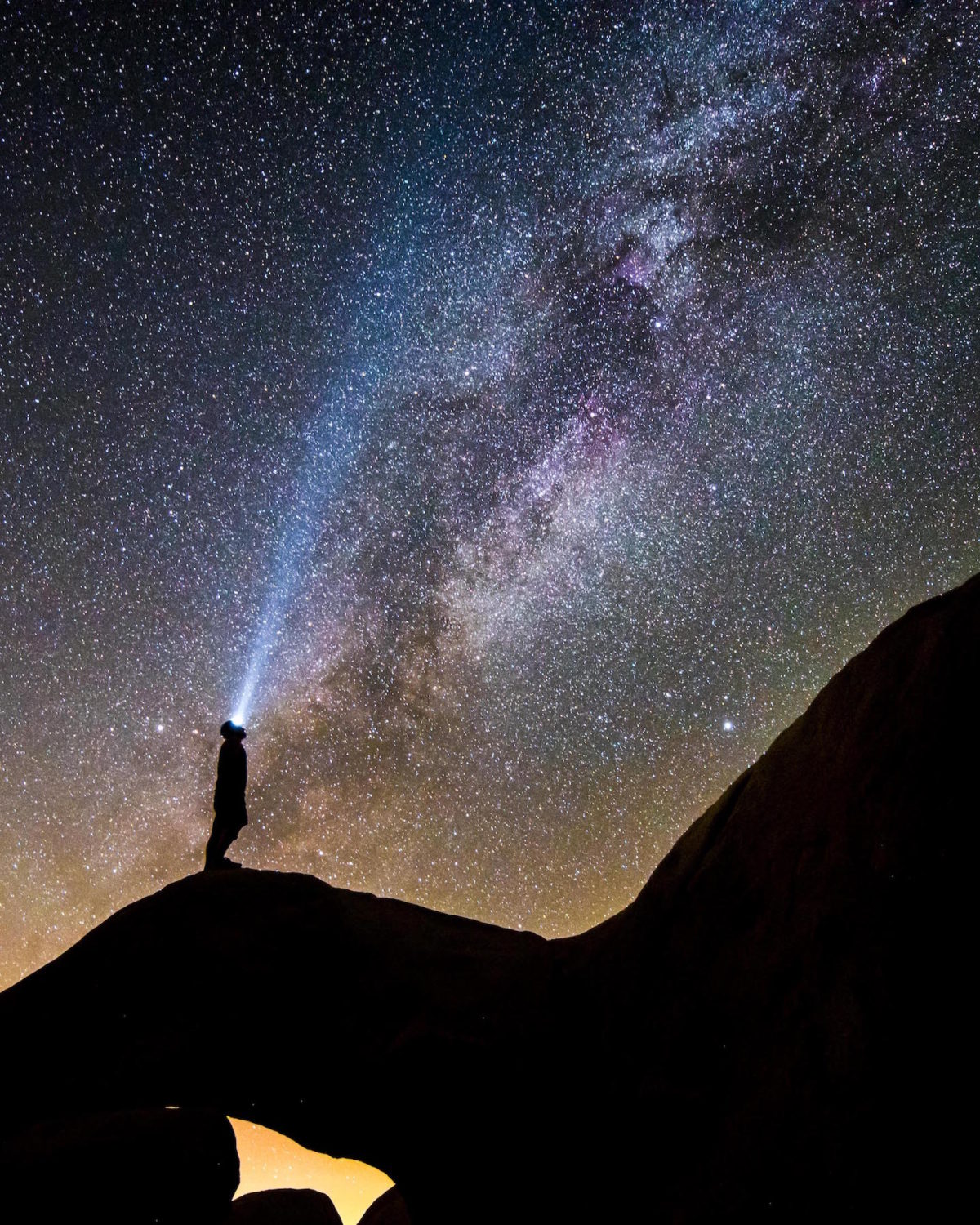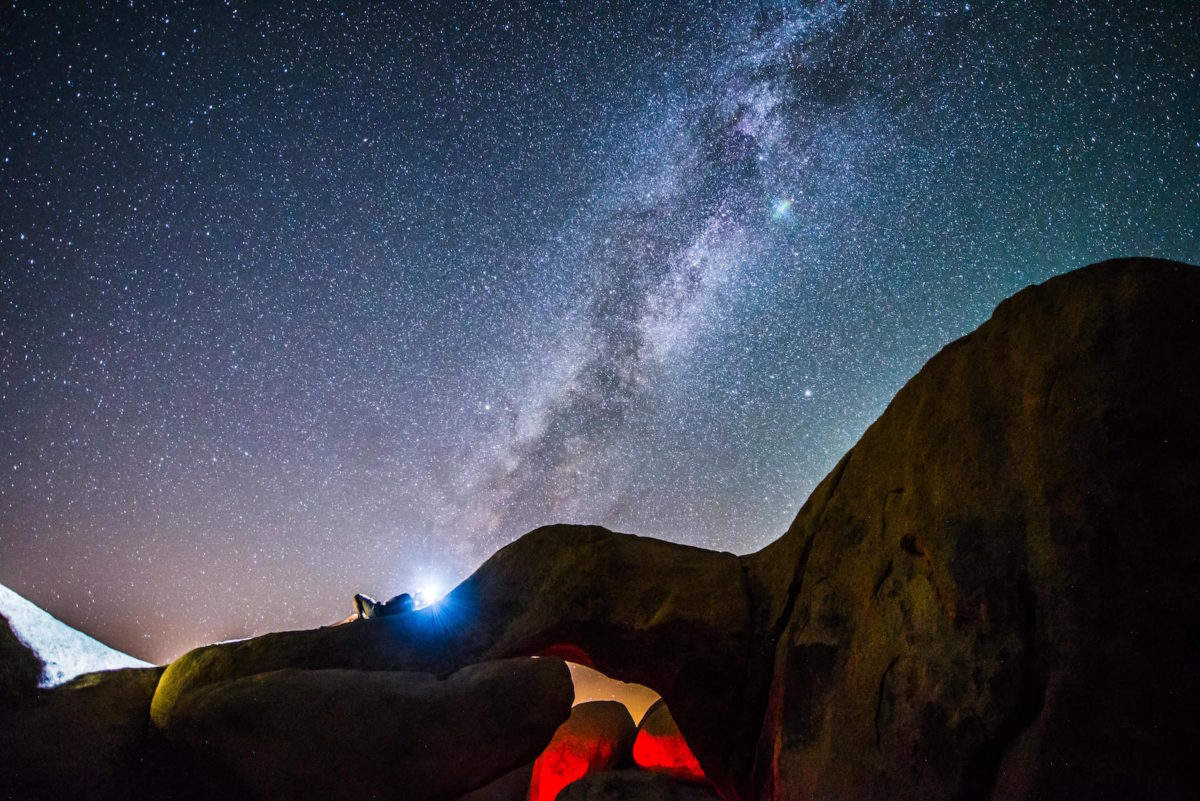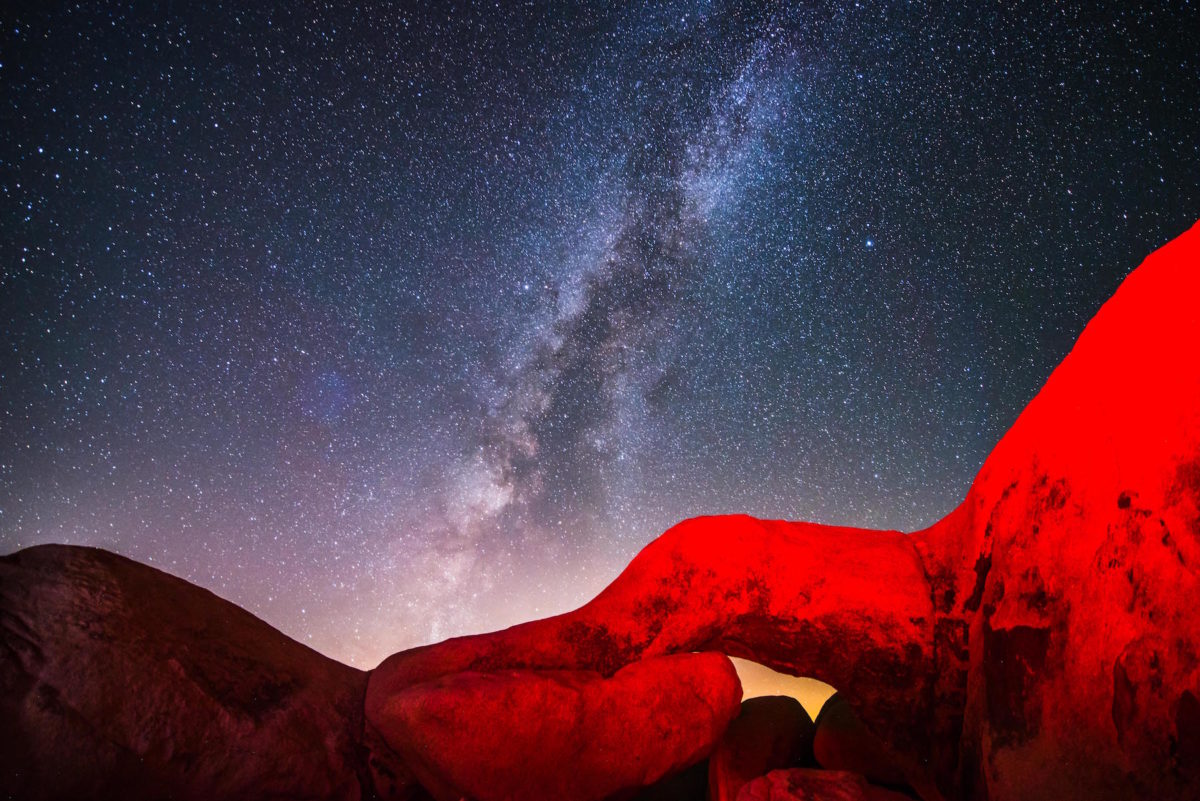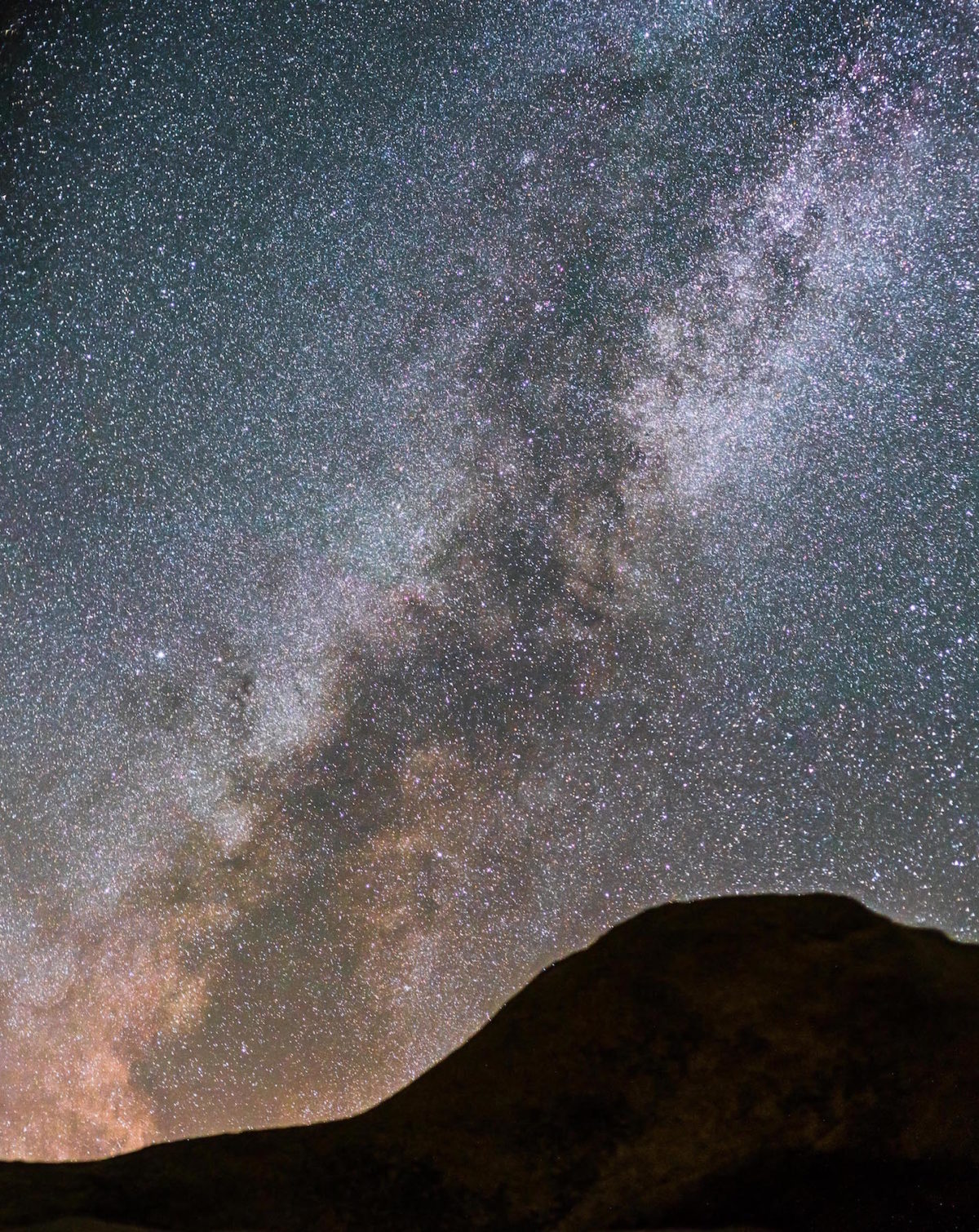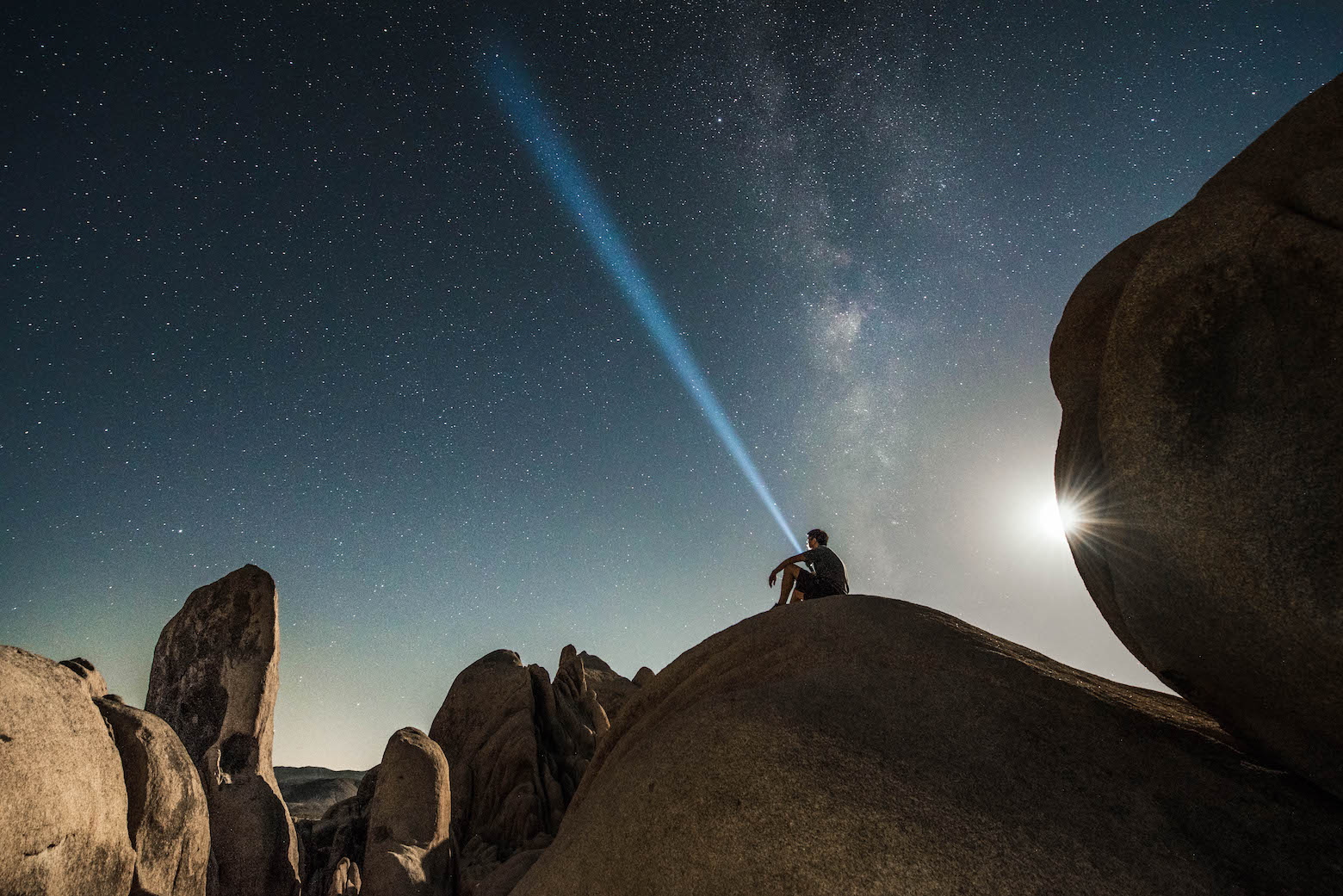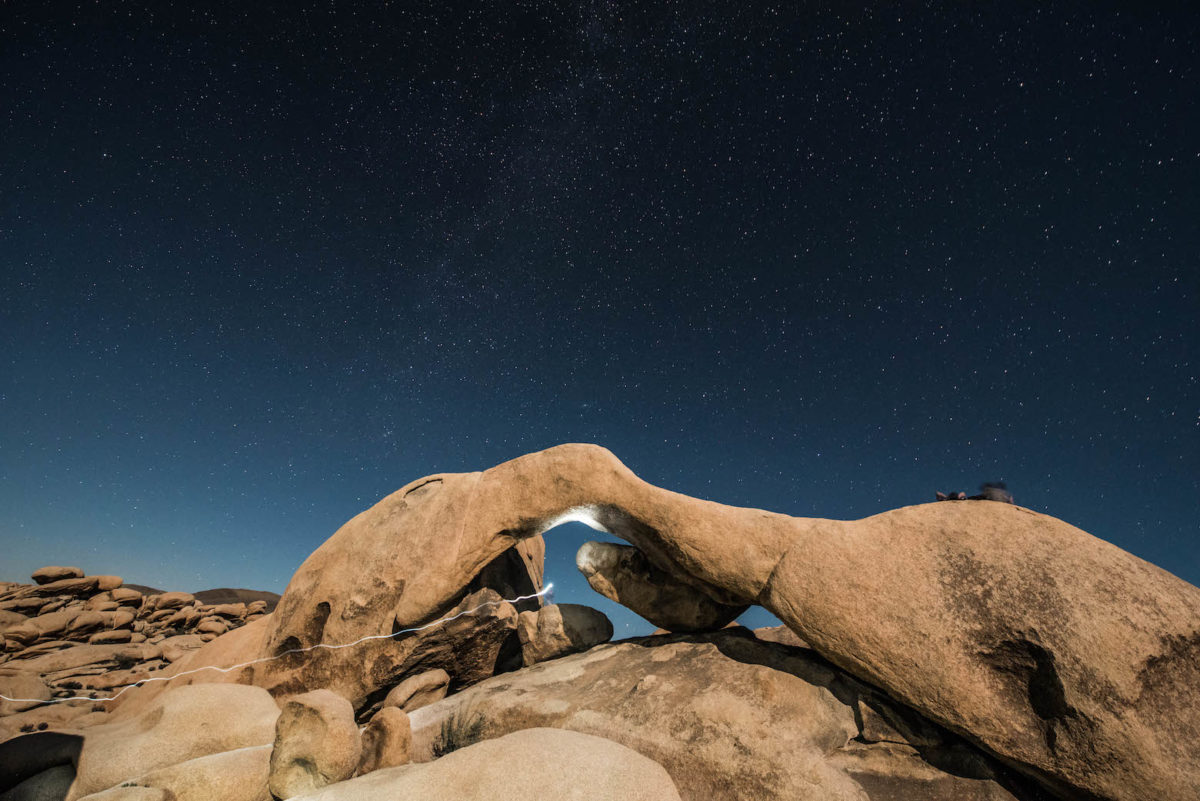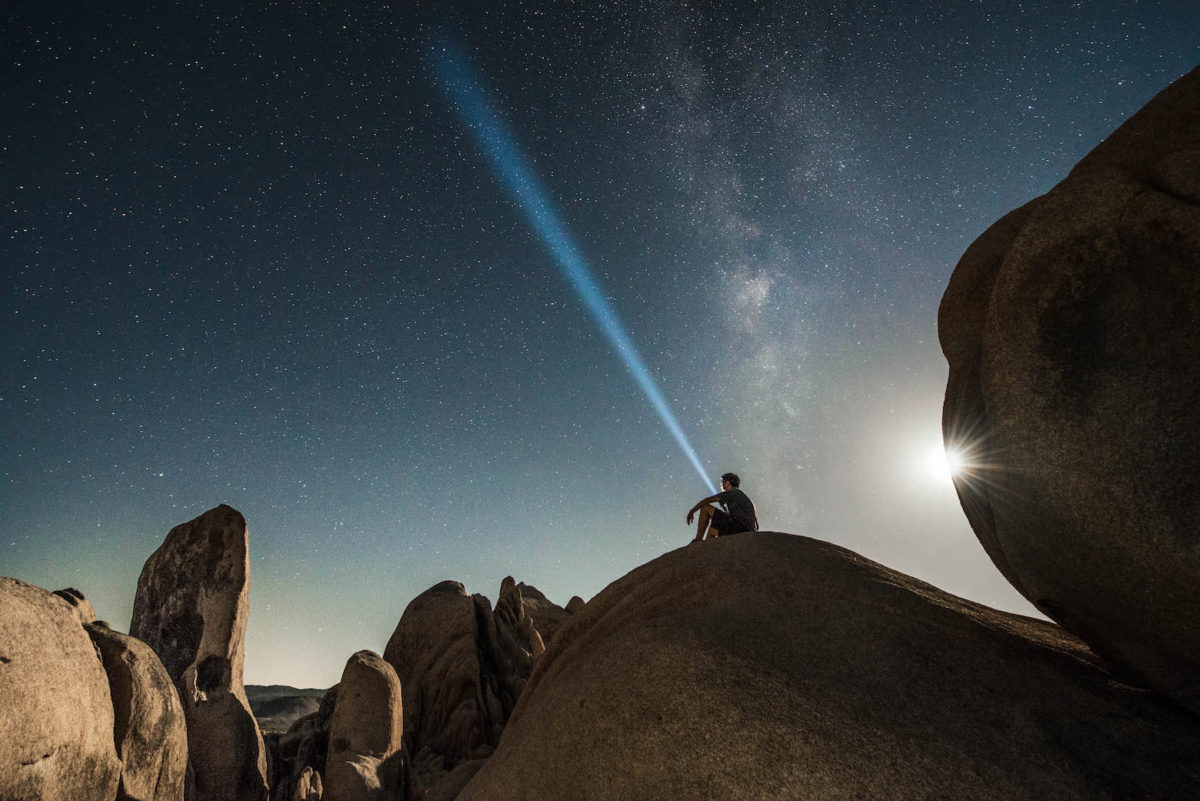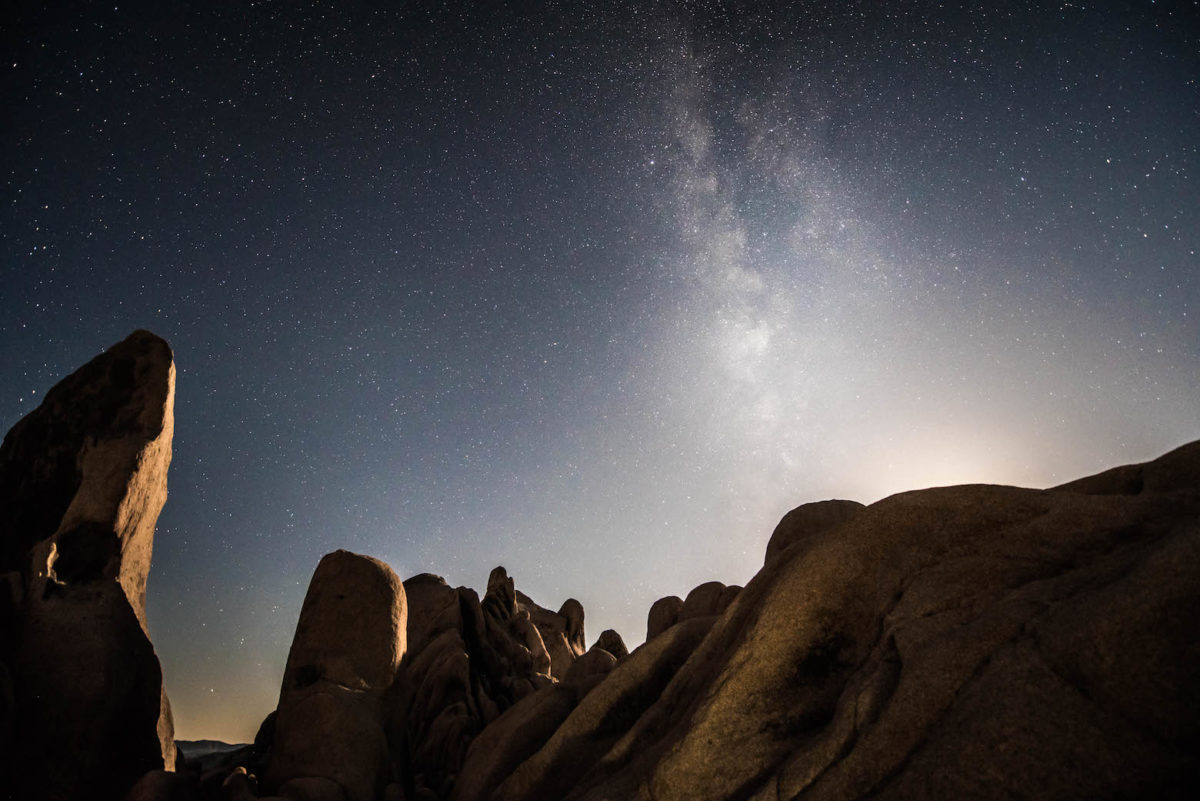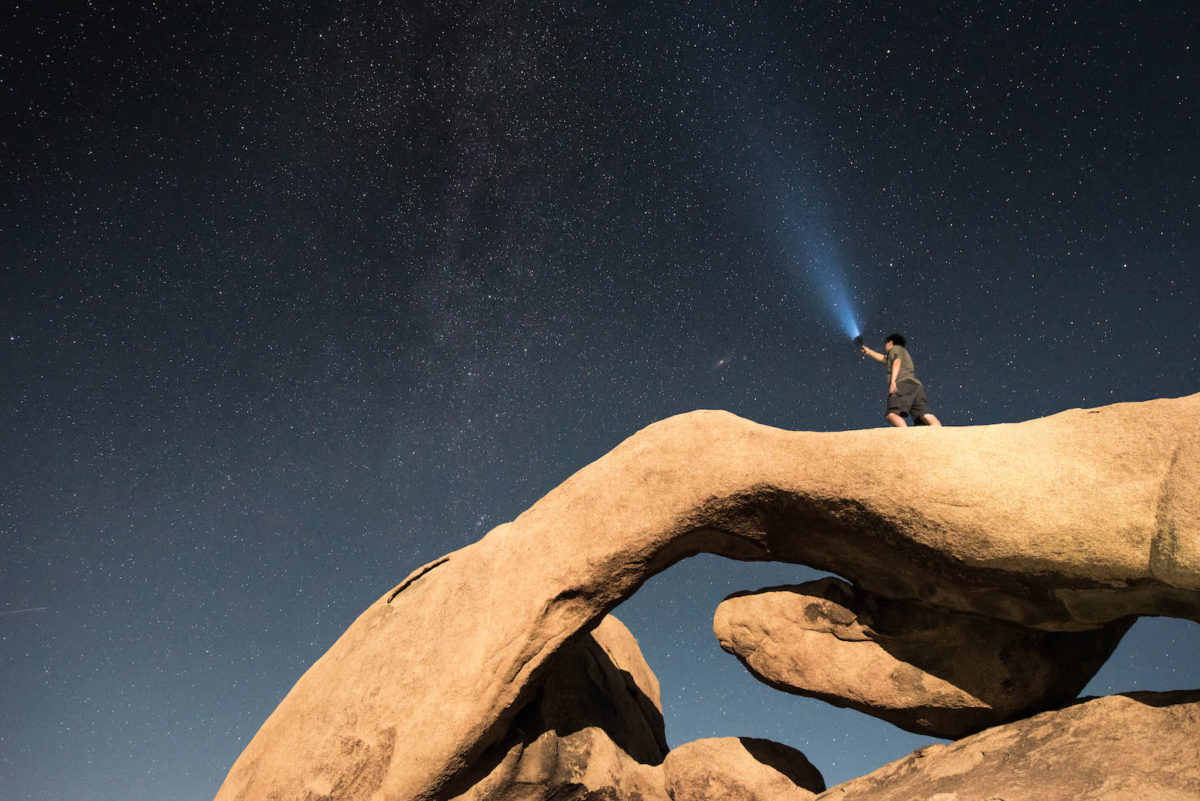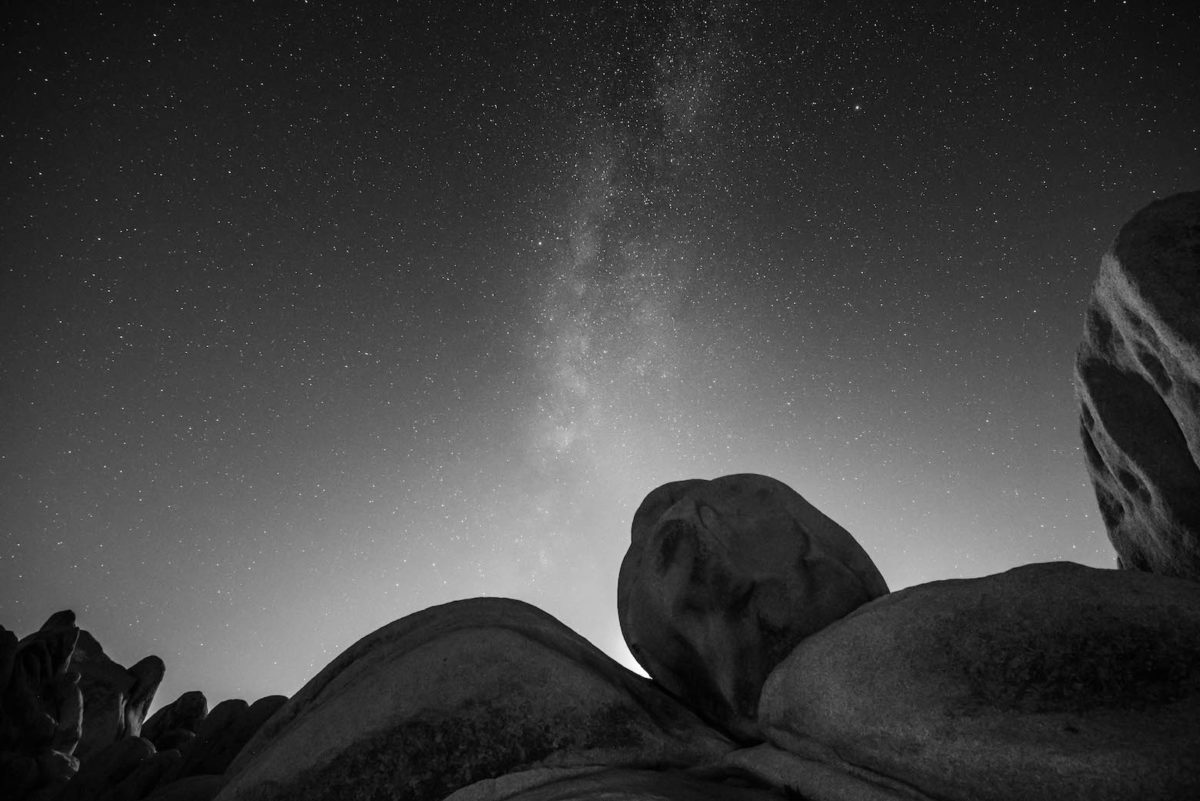When we decided to volunteer for the first time in a childcare program in Cambodia, it’d be fair to say that we had an idealistic vision that we could leave a positive imprint and change the lives of kids in need. After all, reading other volunteers’ testimonials led us to believe that we could have a major impact at the orphanage we were placed. But volunteering is not always a rosy picture and we were facing that reality that our volunteering wasn’t going to have any real impact.
There’s nothing we regret about our volunteer experience and we would volunteer again. We learned more about the world and we learned a lot about ourselves. The knowledge and the bonds we gained are invaluable and will only help us grow. However, if we had a chance to do it all over again, we probably would’ve done a few things differently. There are many things we wish we knew before volunteering. Here are five cold, hard truths that we learned while we were there:
1. We weren’t prepared for how bad things really were.
This one caught us by surprise since we both had been in countries that had socioeconomic issues and thought we had a moderate understanding of what to expect. However, it wasn’t until we got involved directly did we realize how shocking and different our perceptions were from the real life. We really did struggle to adjust for all the various harsh conditions, such as the extremely hot, humid weather, polluted air and water, diseases, and poverty. Each day was mentally and physically draining when we really began to understand what the people were up against.
2. Things weren’t always what they seem.
When we were assigned to an orphanage, our assumption was that most kids, if not all, would be orphans. After all, we thought the volunteering organization carefully vets the programs they work with. But we found the majority of the kids we worked with had at least one living parent and some see them fairly regularly (this is common in many so-called “orphanages”). This upset us and challenged many of our personal beliefs about volunteering and childcare programs.
This doesn’t mean there isn’t a need for some of these programs. We currently sponsor two kids from the orphanage with terrible backgrounds and the program does put the kids’ best interests at heart. But unfortunately, many programs are ethically compromised and exploit the kids to unsuspecting volunteers and tourists. It is incredibly important to do research prior to volunteering in similar programs.
3. Short-term volunteer programs may have minimal impact and could even be counterproductive
This is based mostly on our personal experiences and other information we came across for childcare programs, but there are many reasons why short-term programs are discouraged. The main point is you virtually have no time to establish any meaningful relationships with kids you work with. In the first week of our program, we spent a lot of time trying to remember the kids’ names and finding out what their personalities and skills were. By the time we made any progress, our second week was up and we had to leave. With children that are not living with or have no parents, establishing long-term and meaningful relationships is important towards their development. Those can’t be achieved in a mere couple weeks. Additionally, some kids can suffer from psychological issues with the frequent recycling of volunteers, which can harm families and communities. You’re much more likely to make a real tangible impact with long-term volunteering.
4. If you’re not a teacher, then you shouldn’t be teaching
One of the things asked out of us was to teach English to the kids. Well, none of us had any teaching qualifications or prior experience and we could not speak Khmer to communicate with the kids and properly translate or explain words or phrases. You also can’t really teach much during a short-term volunteer stint. We didn’t have many resources and there was little information from previous volunteers. We created a few of our own lessons, but it was unlikely the kids would be able to retain that information in such a short period of time, and we didn’t have a curriculum ready to pass down to the next volunteers. It’s an impractical cycle and not beneficial for the kids. They needed a real teacher with real training and experience, who could provide a structured curriculum, and keep track of the kids’ progress. It especially frustrated me that instead of paying the volunteer organization setting up our placement, we could’ve have donated money to hire a teacher instead.
In the end, we fundraised enough money to hire an English teacher for a year so the kids could be properly taught. For $1,900, every kid got an English book with lessons and followed a structured curriculum.
5. We weren’t going to change the world
Like I said, we thought we were going to make a meaningful impact in these kids’ lives, but we ended up doing very little that could be construed as significant. It was very discouraging for us and made us feel like we were completely useless.
This doesn’t mean you should be discouraged from volunteering. It’s important to look at the big picture; we couldn’t change these kids’ lives right then and there, but we recognized some problems and were able to address at least one of them. So even if change happens one small step at a time, it is a big step in the positive direction. We are hopeful that our contributions will slowly open up a brighter future in the years to come and will influence others to do the same.
Bonus Tip: Research, research, research before volunteering.
There are many sources citing the many conflicts and negative impacts of volunteering. Regardless of what program you’re interested in, do your due diligence and thoroughly research to make sure you are in a legitimate program that prioritizes the communities involved and fits your skill-set. It can potentially make a much more meaningful and rewarding experience for the volunteer and for the programs that are being helped.
Leave us a comment below on your experiences as a volunteer.

